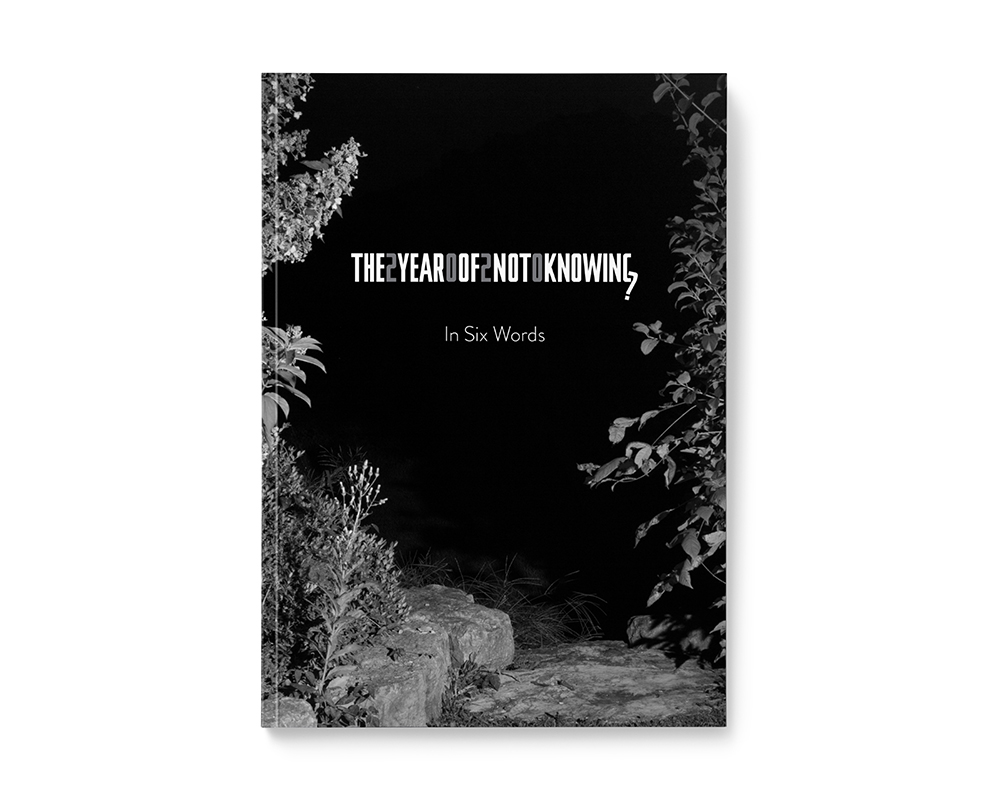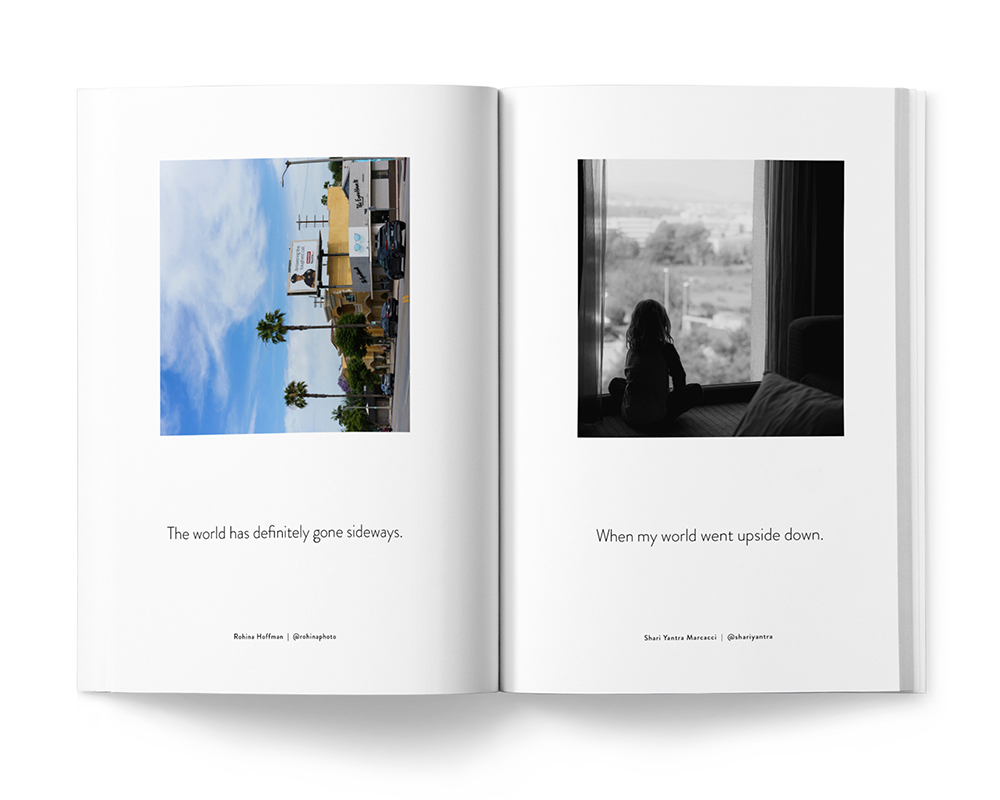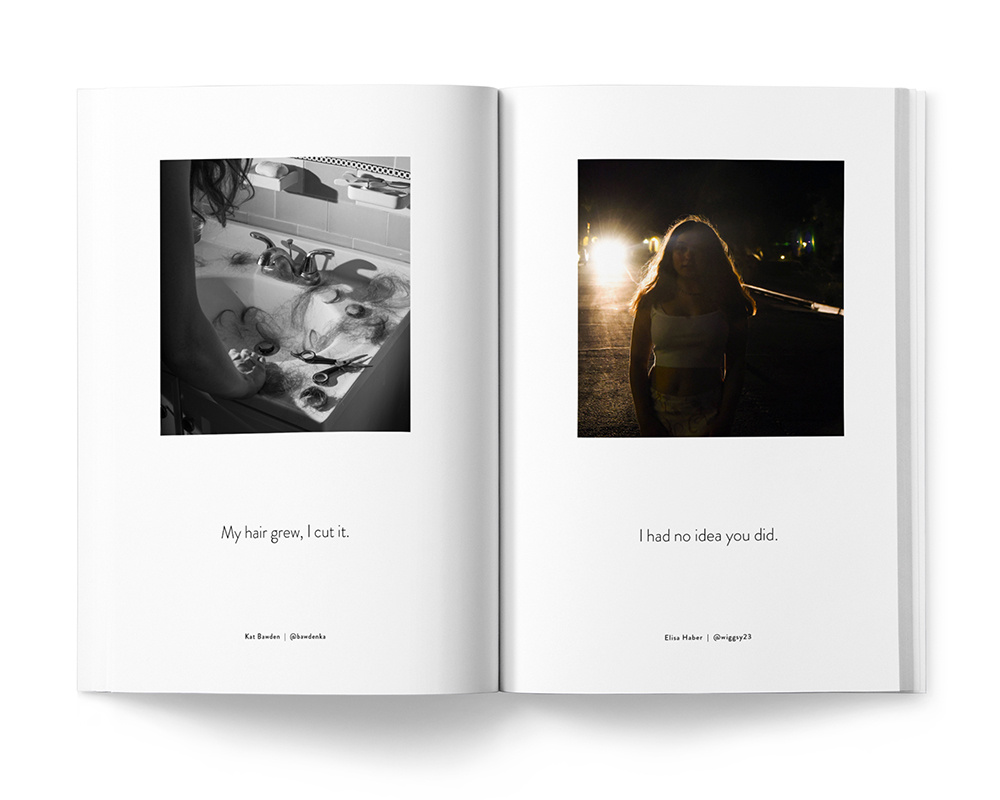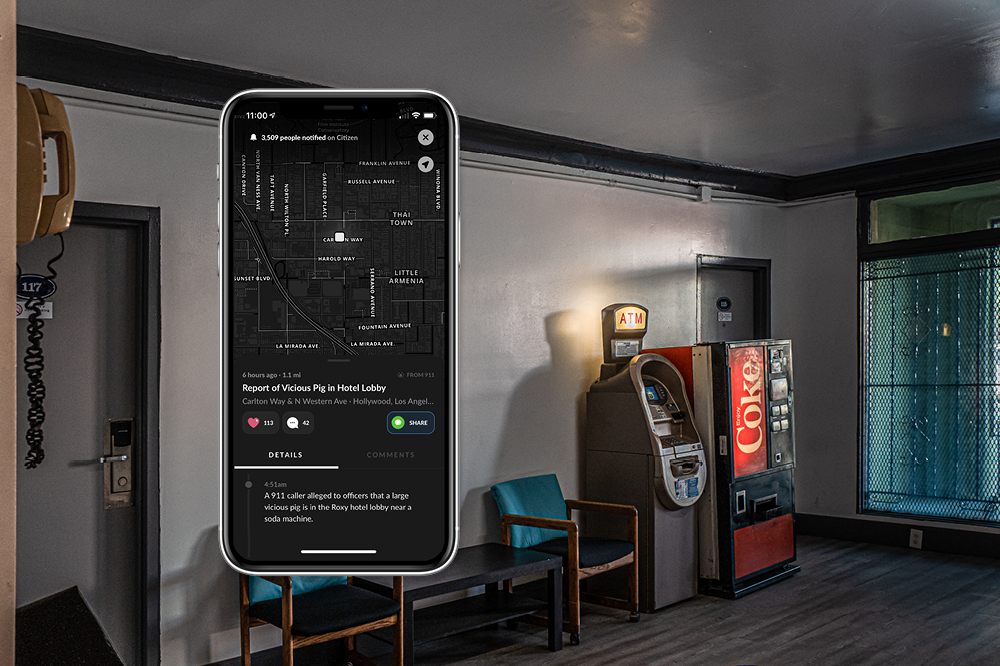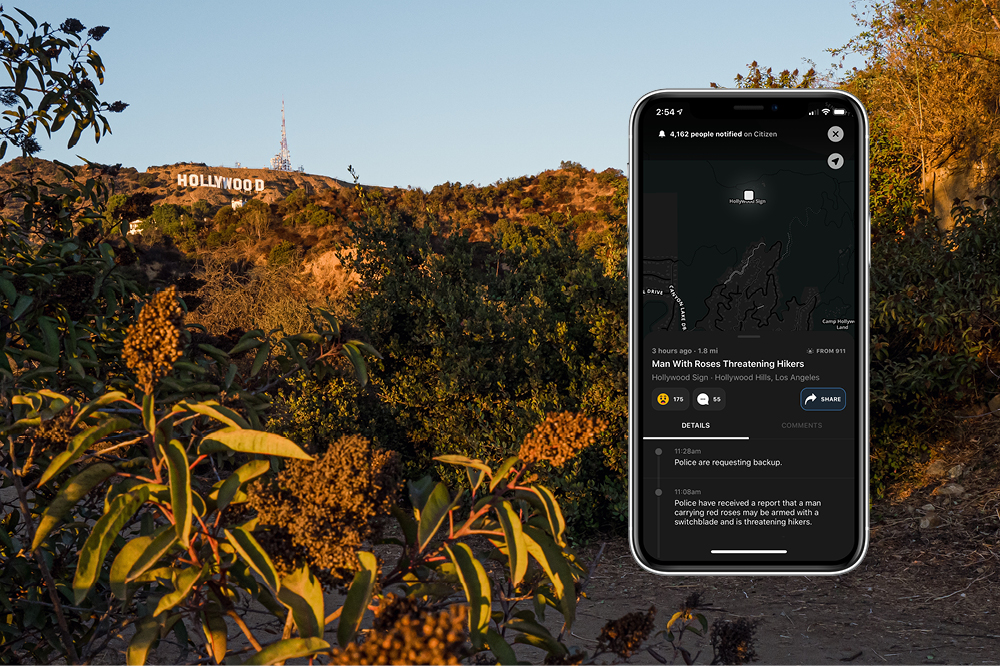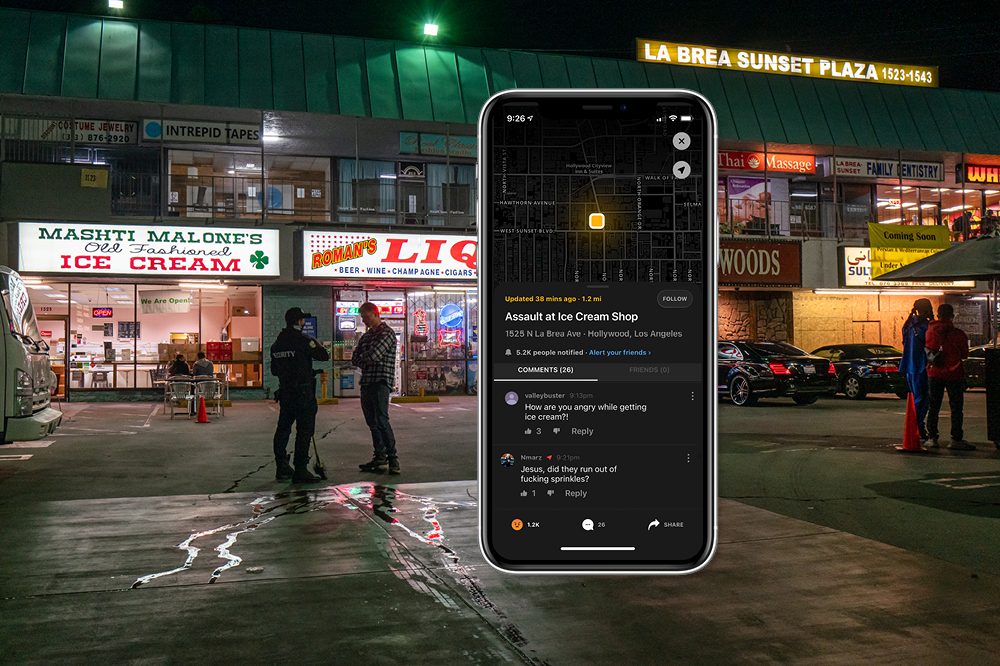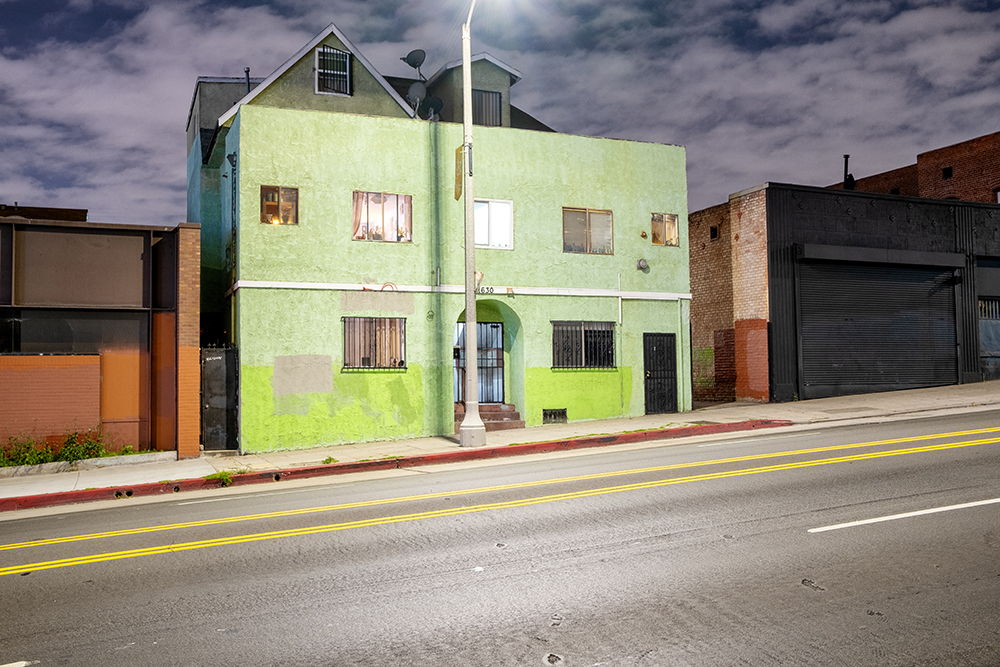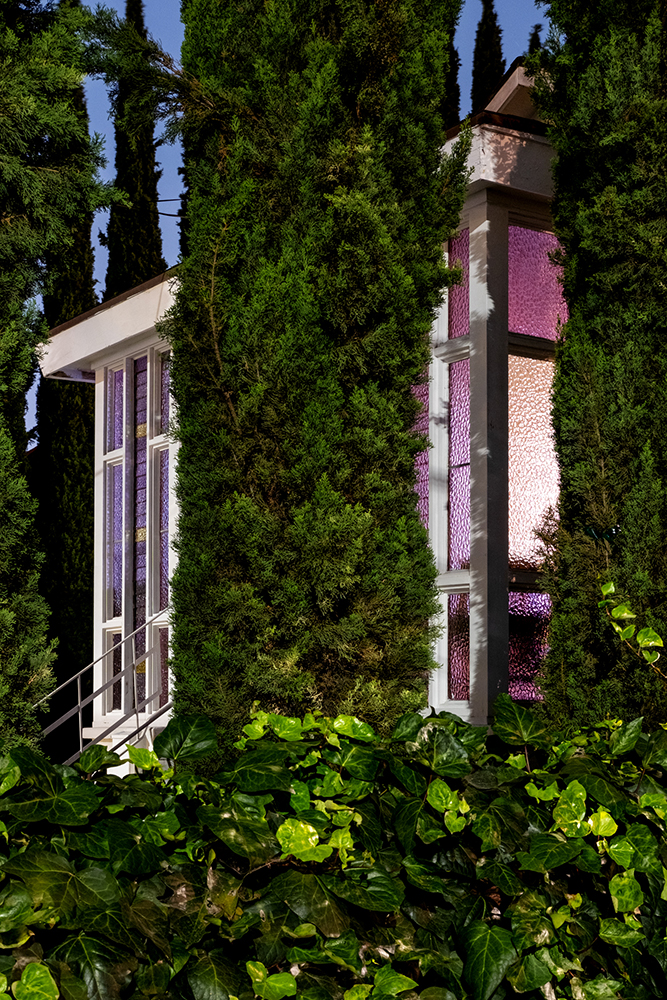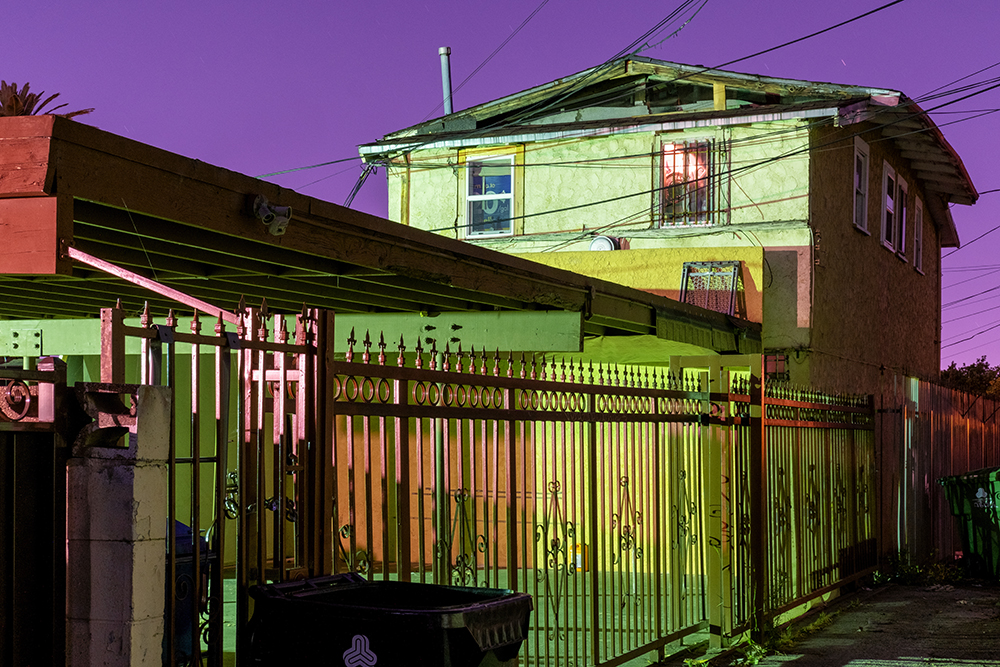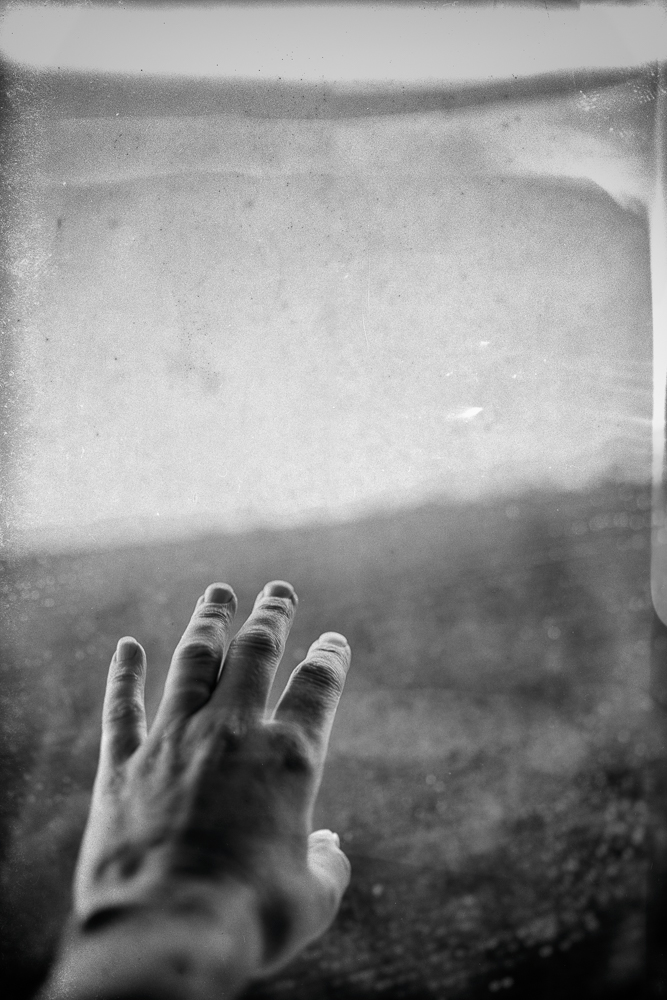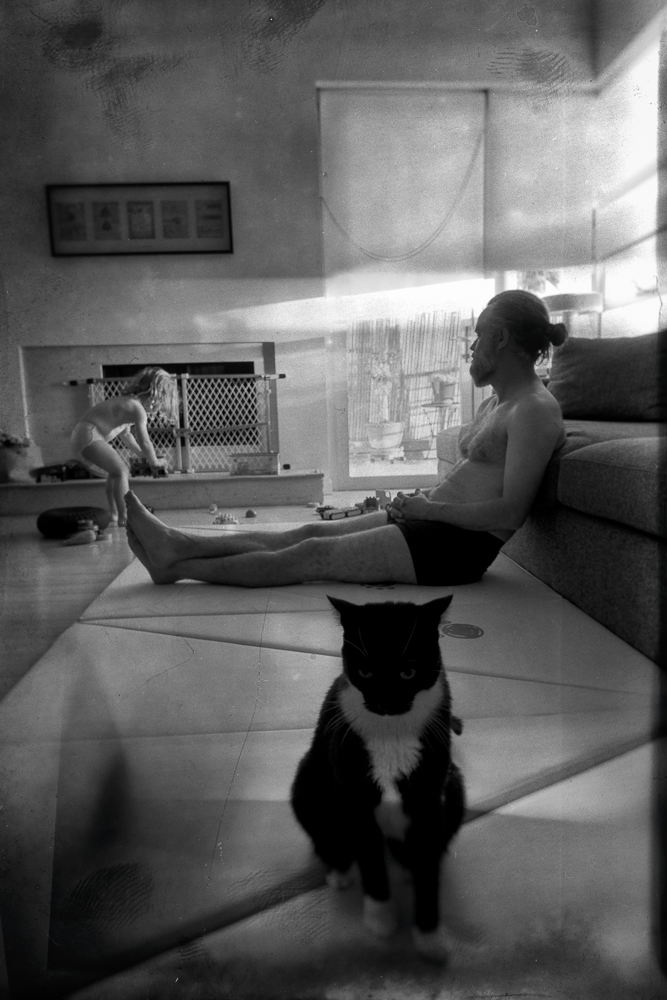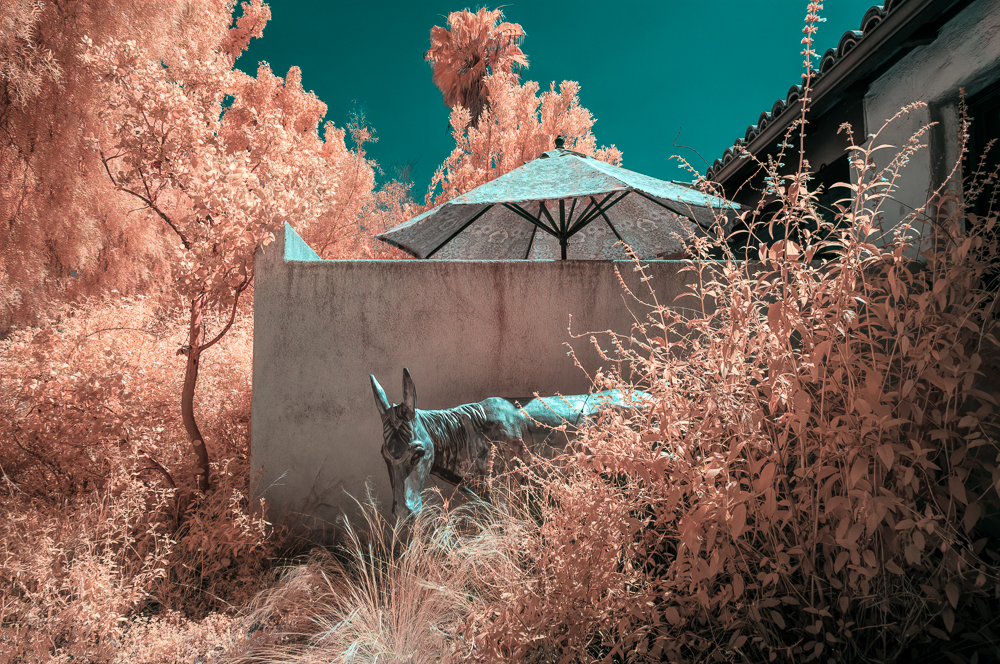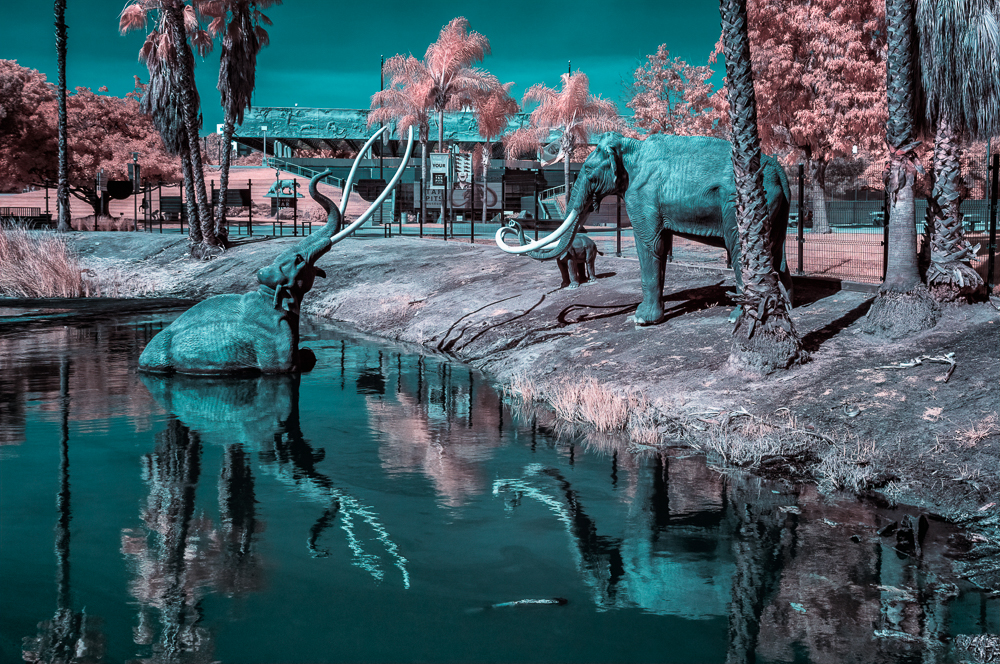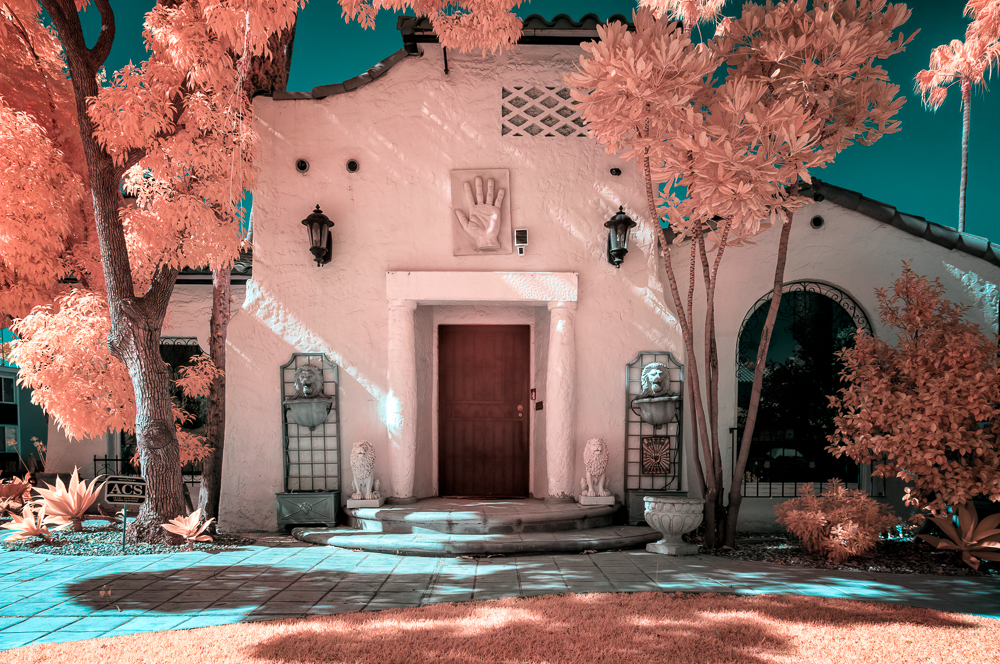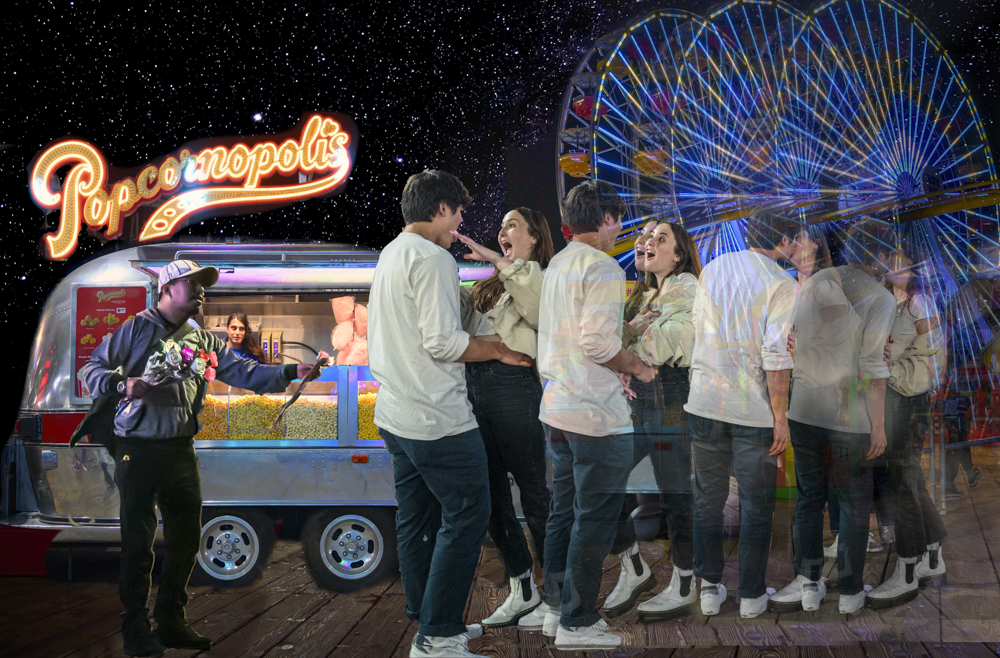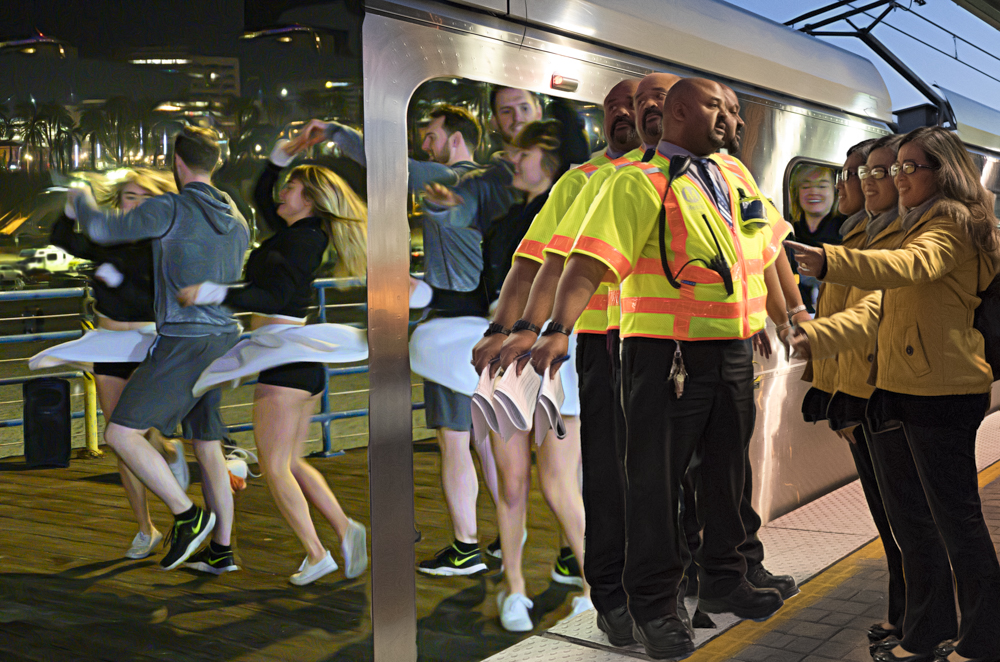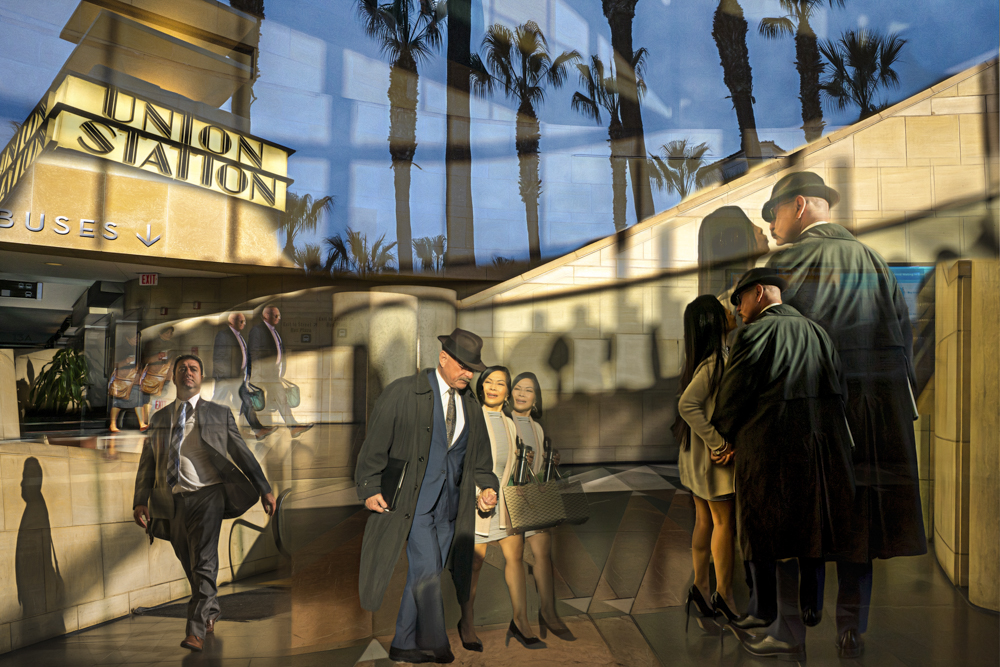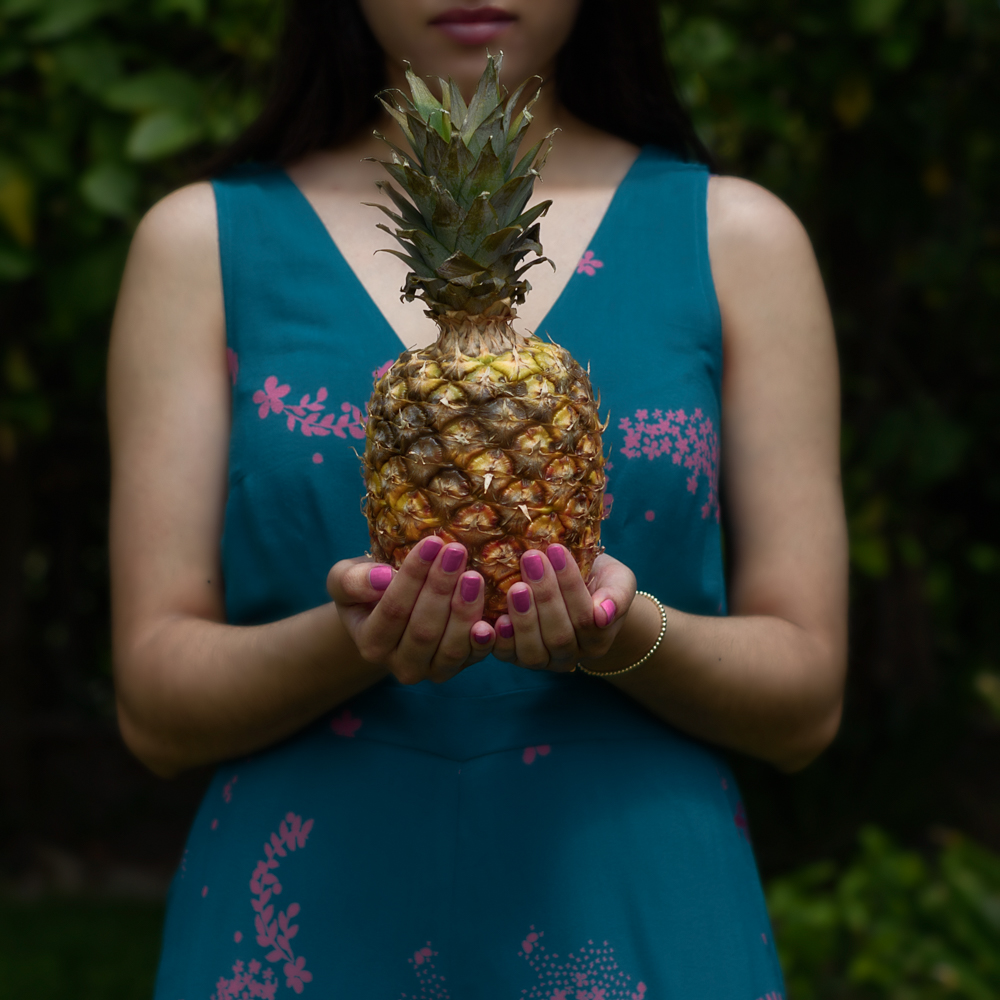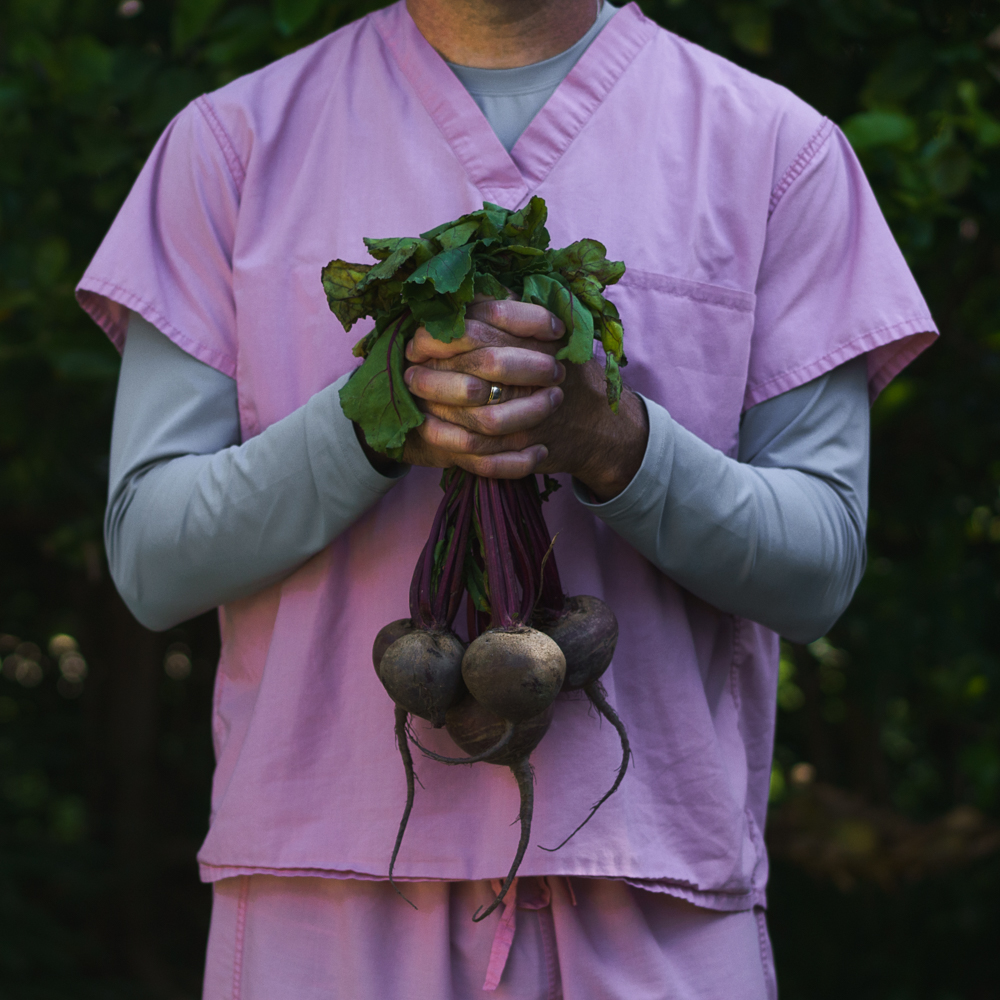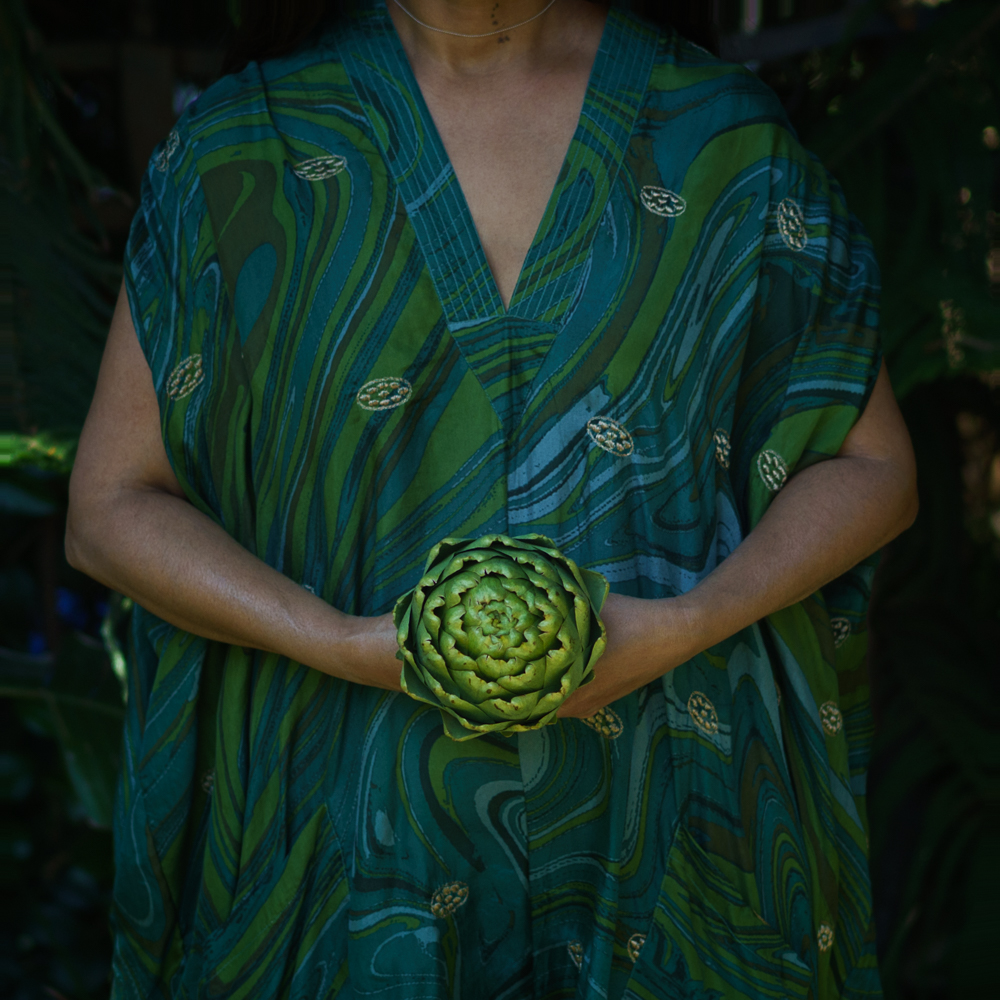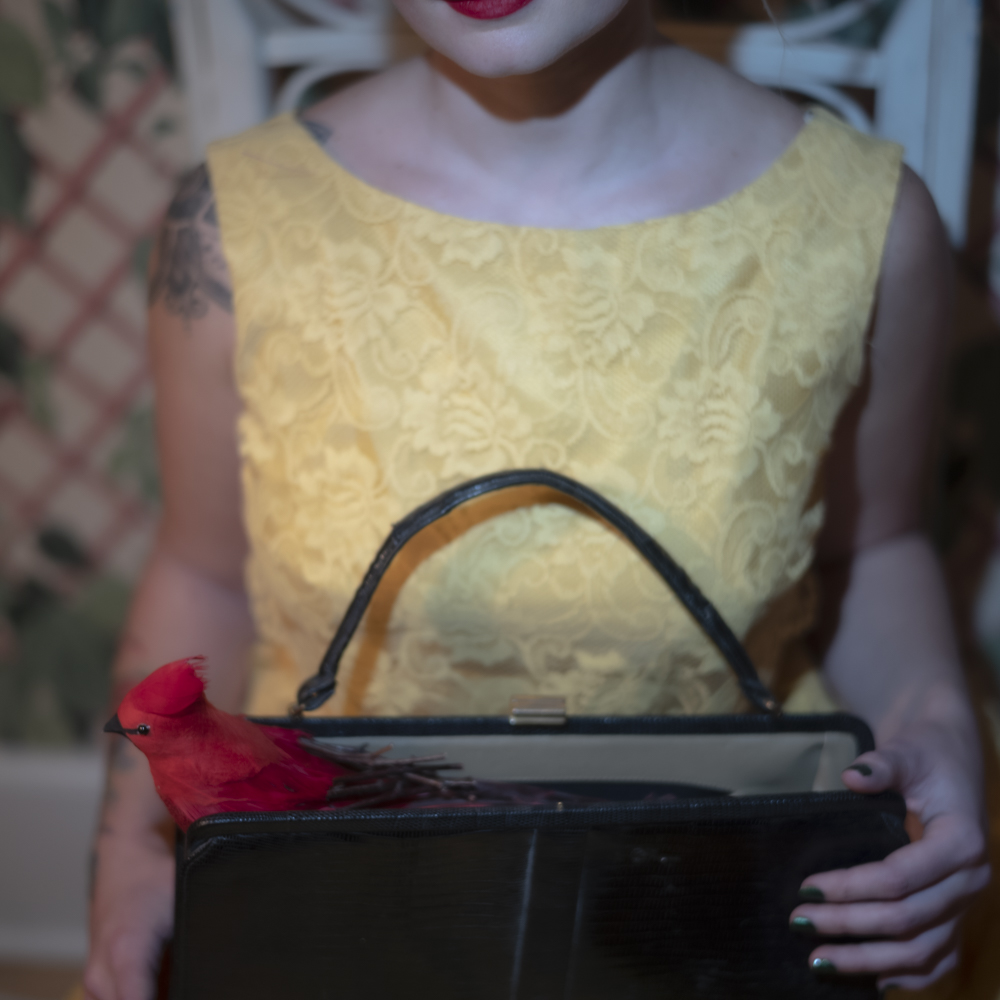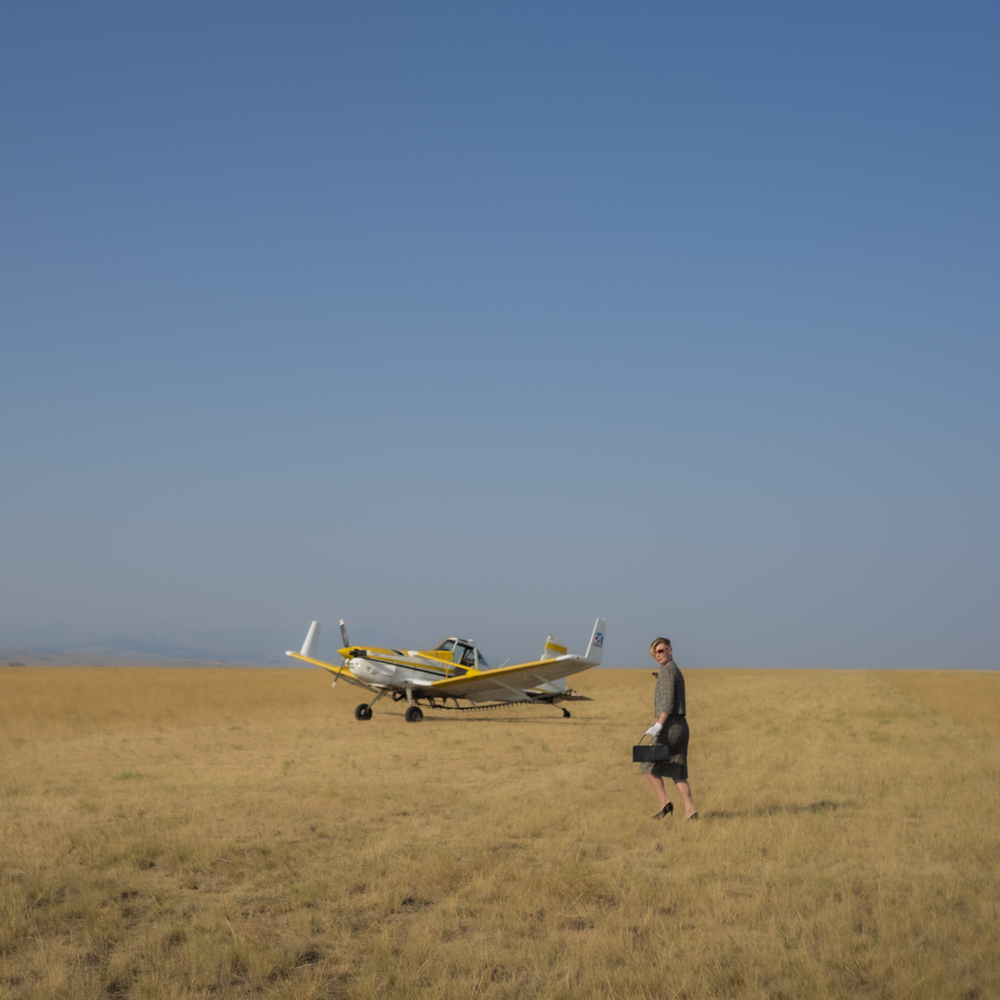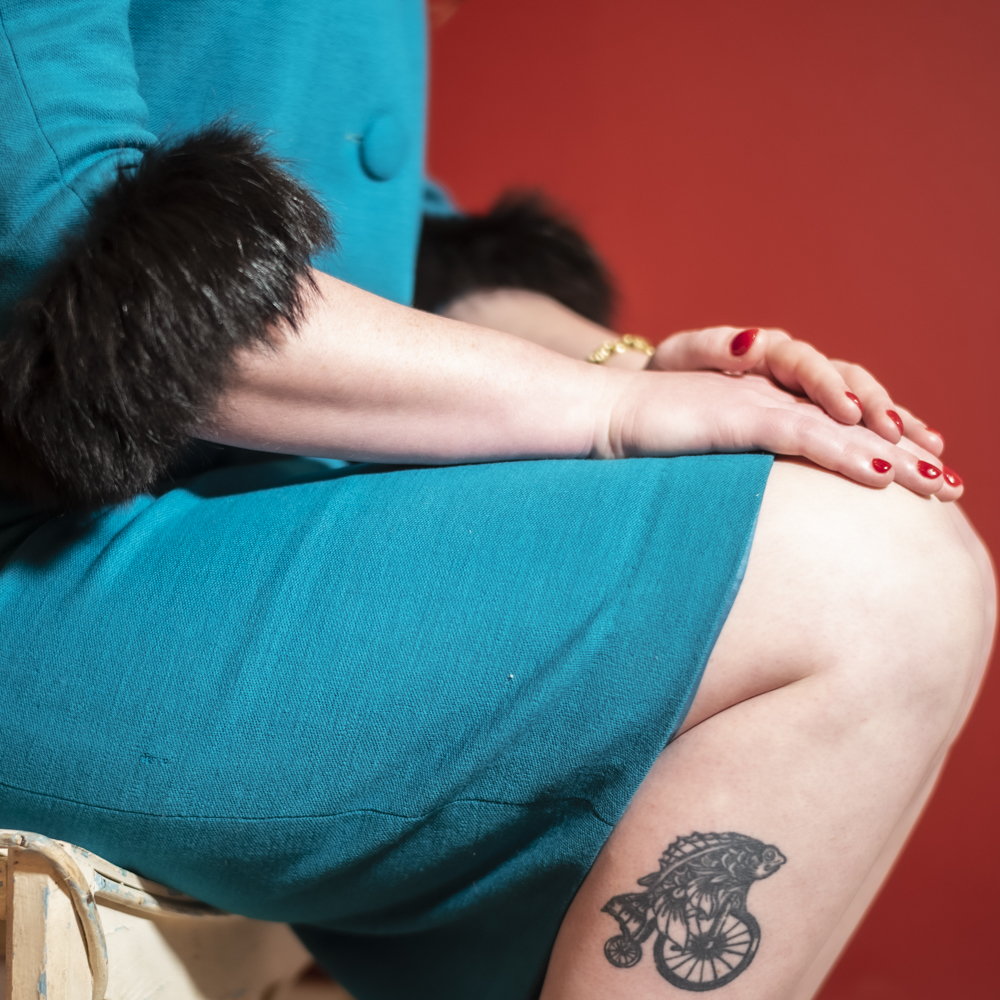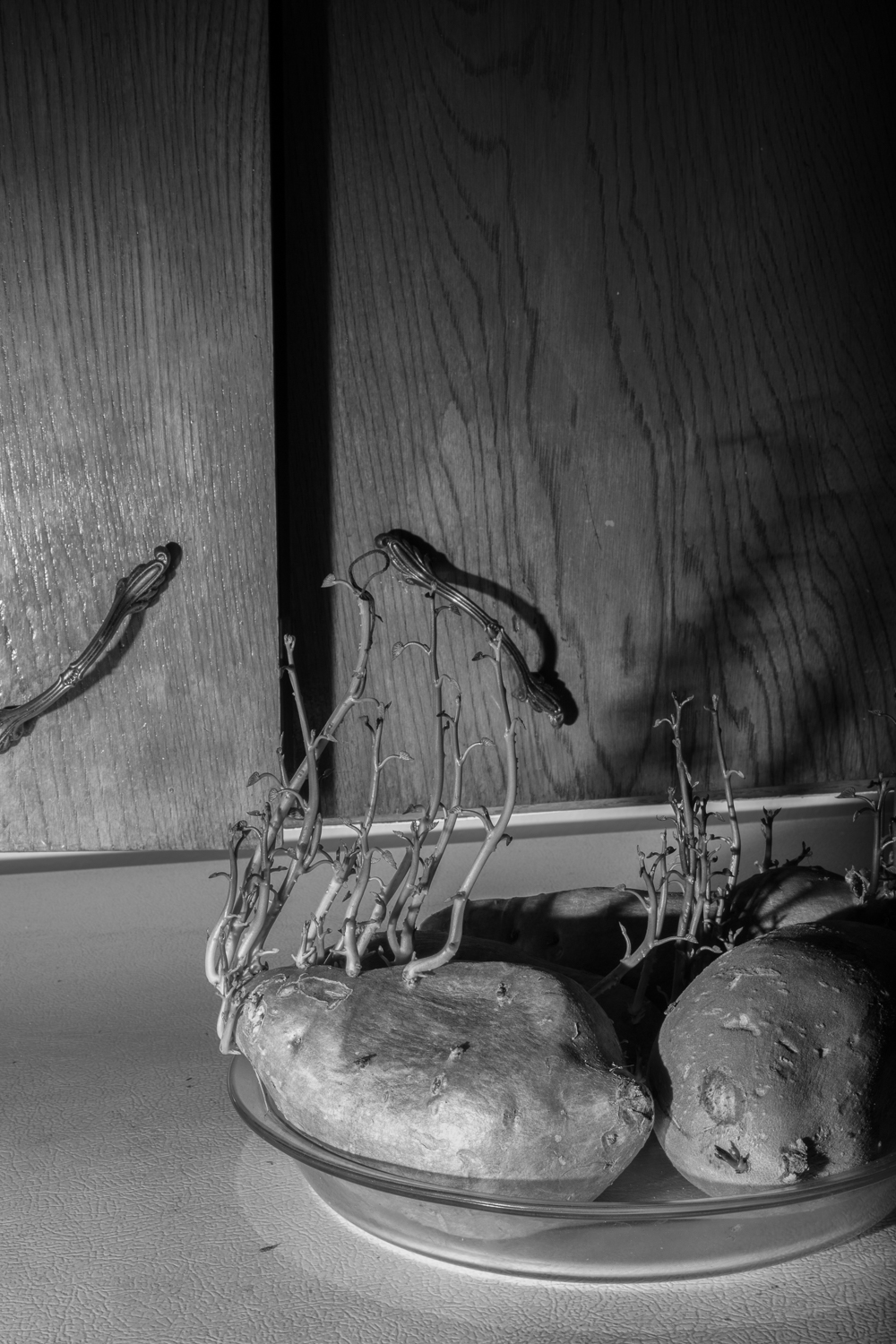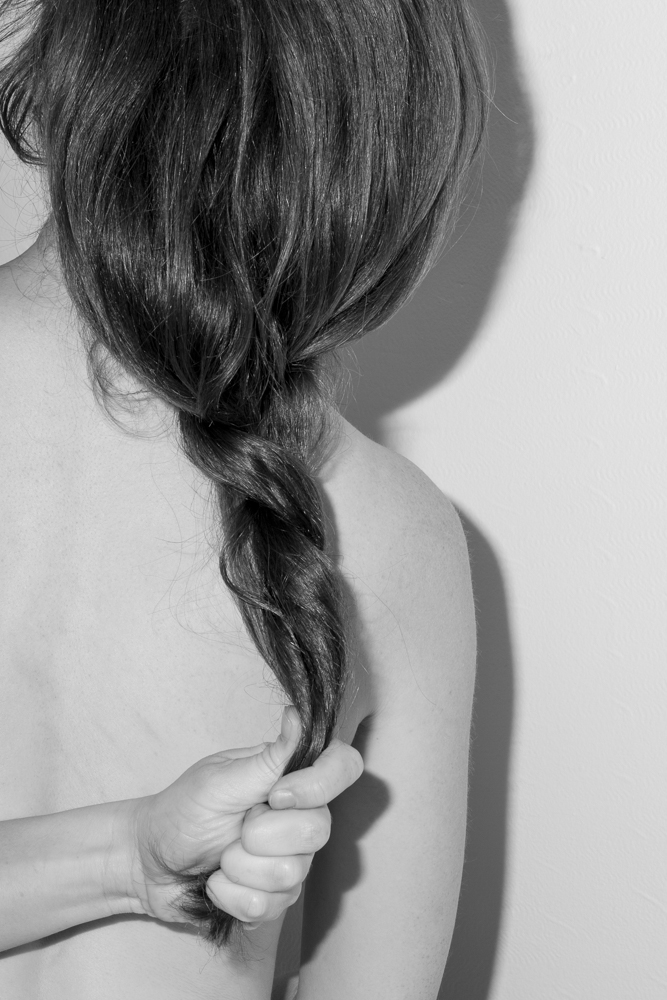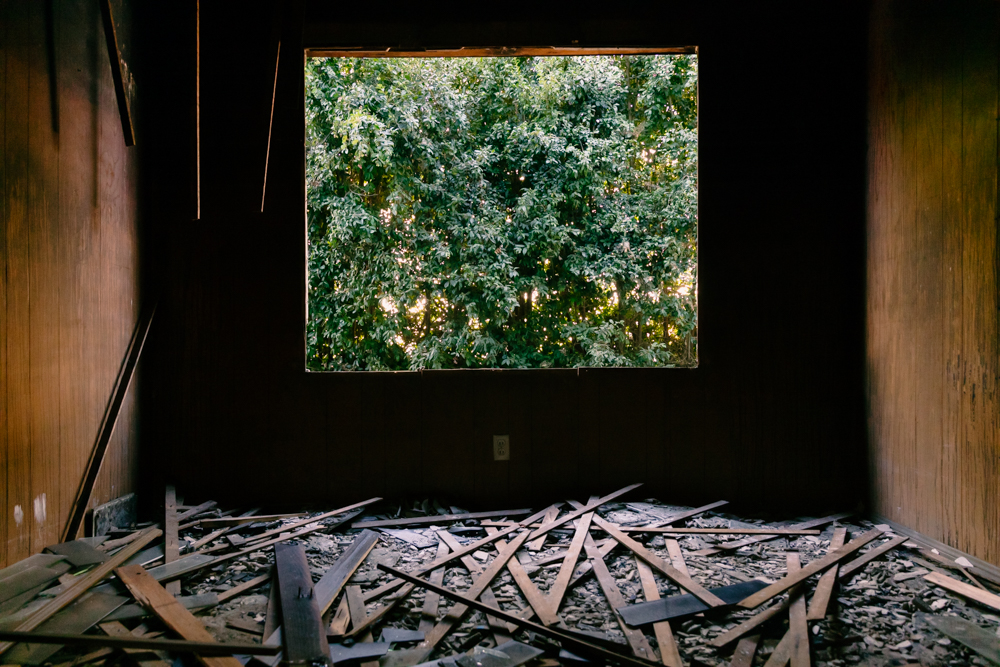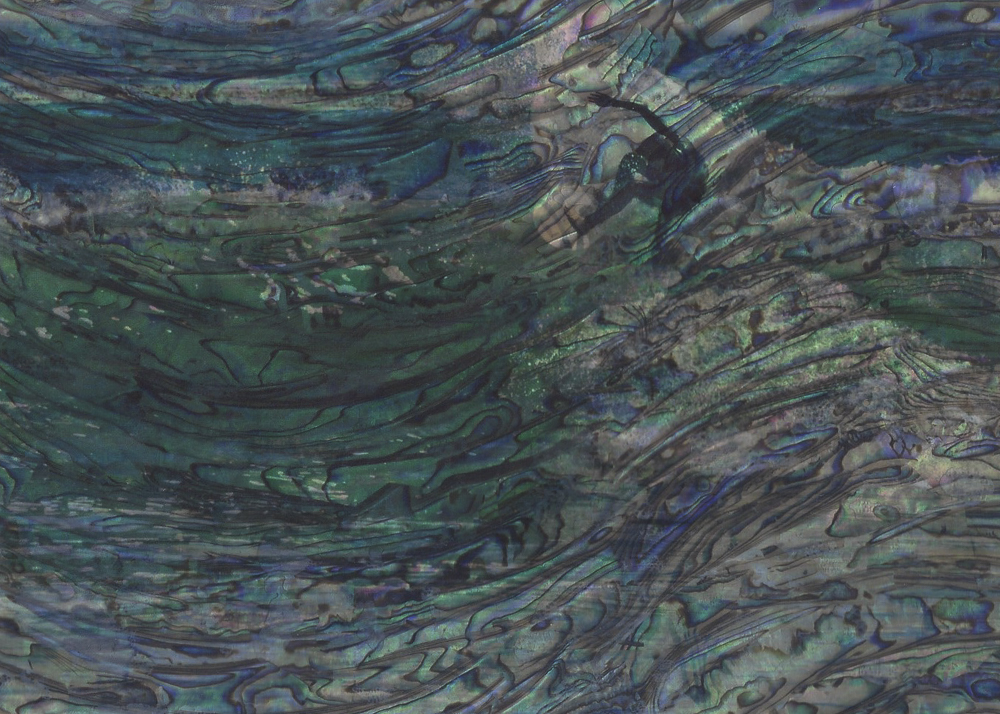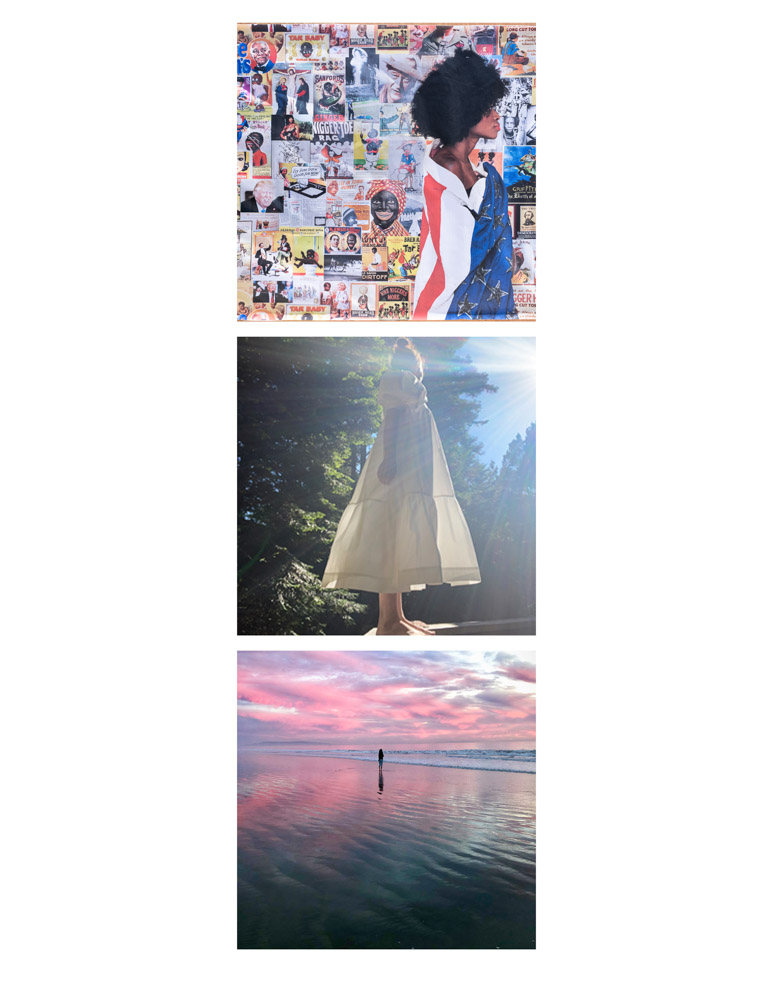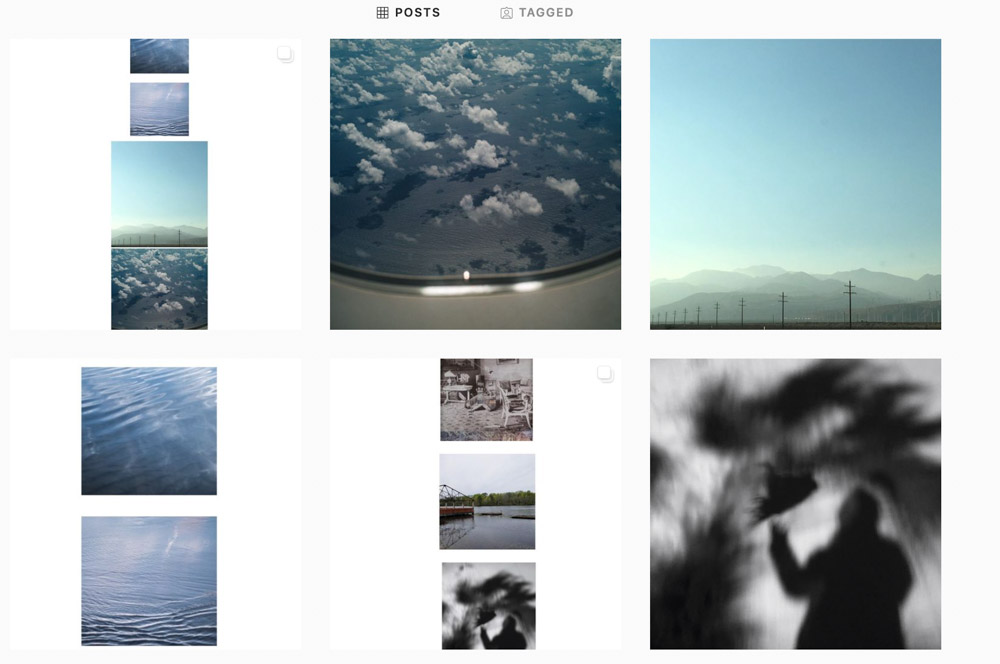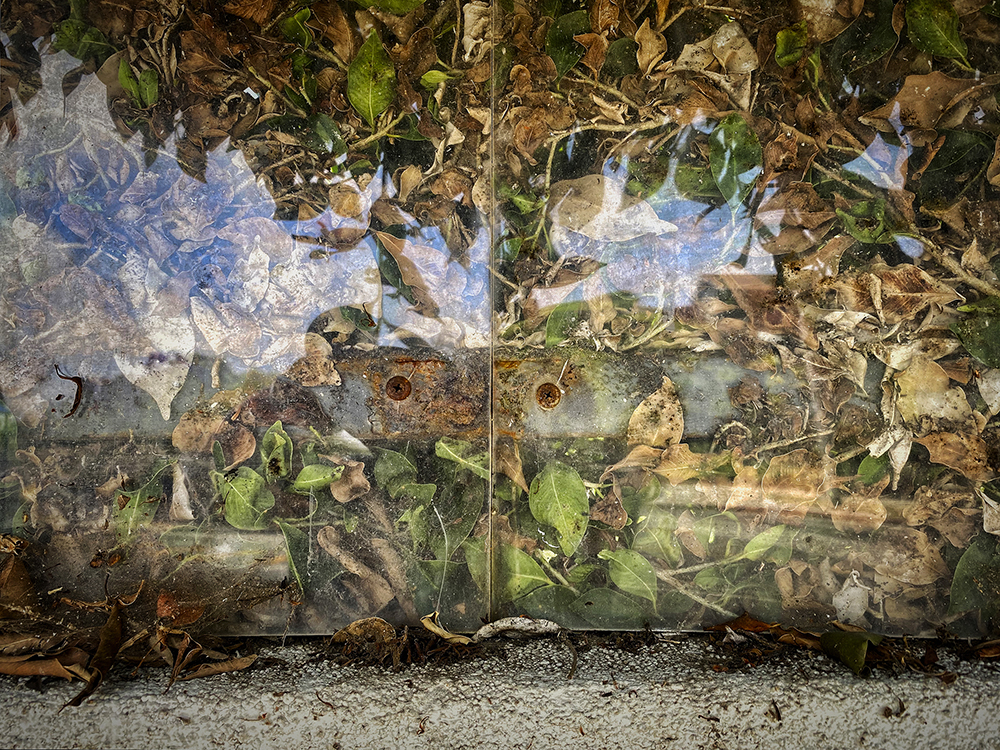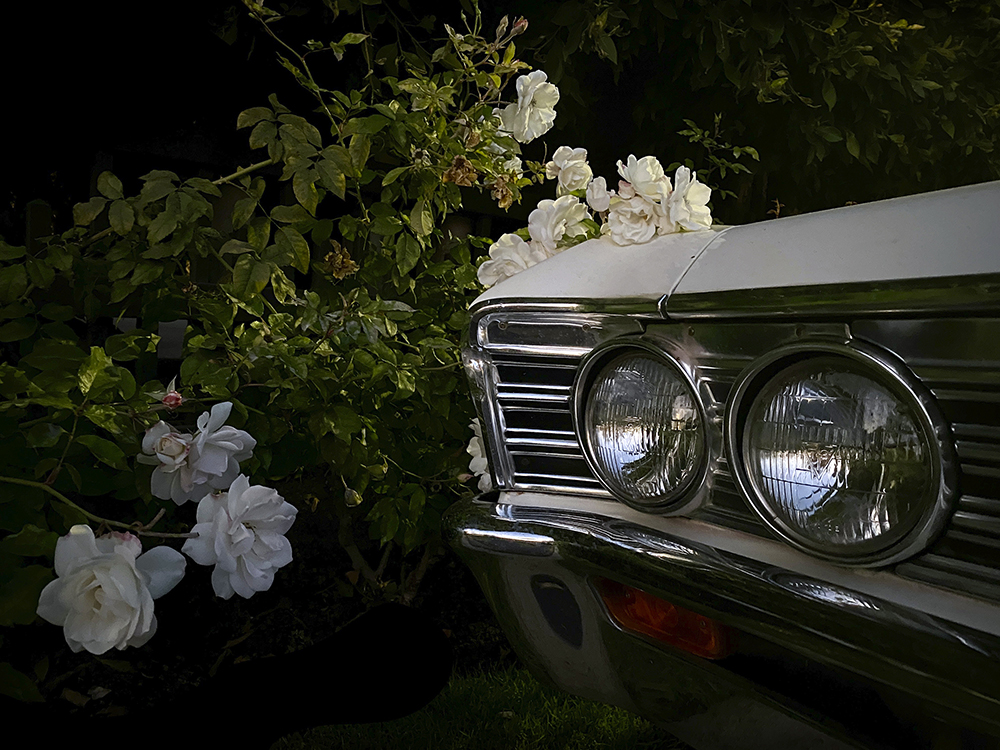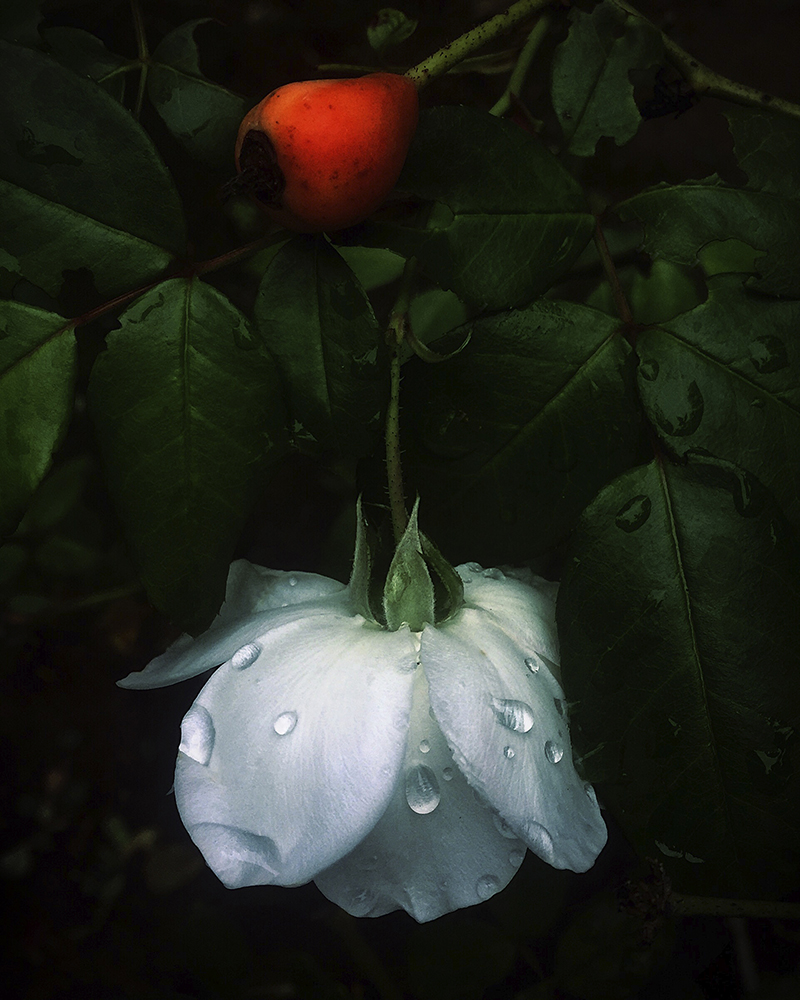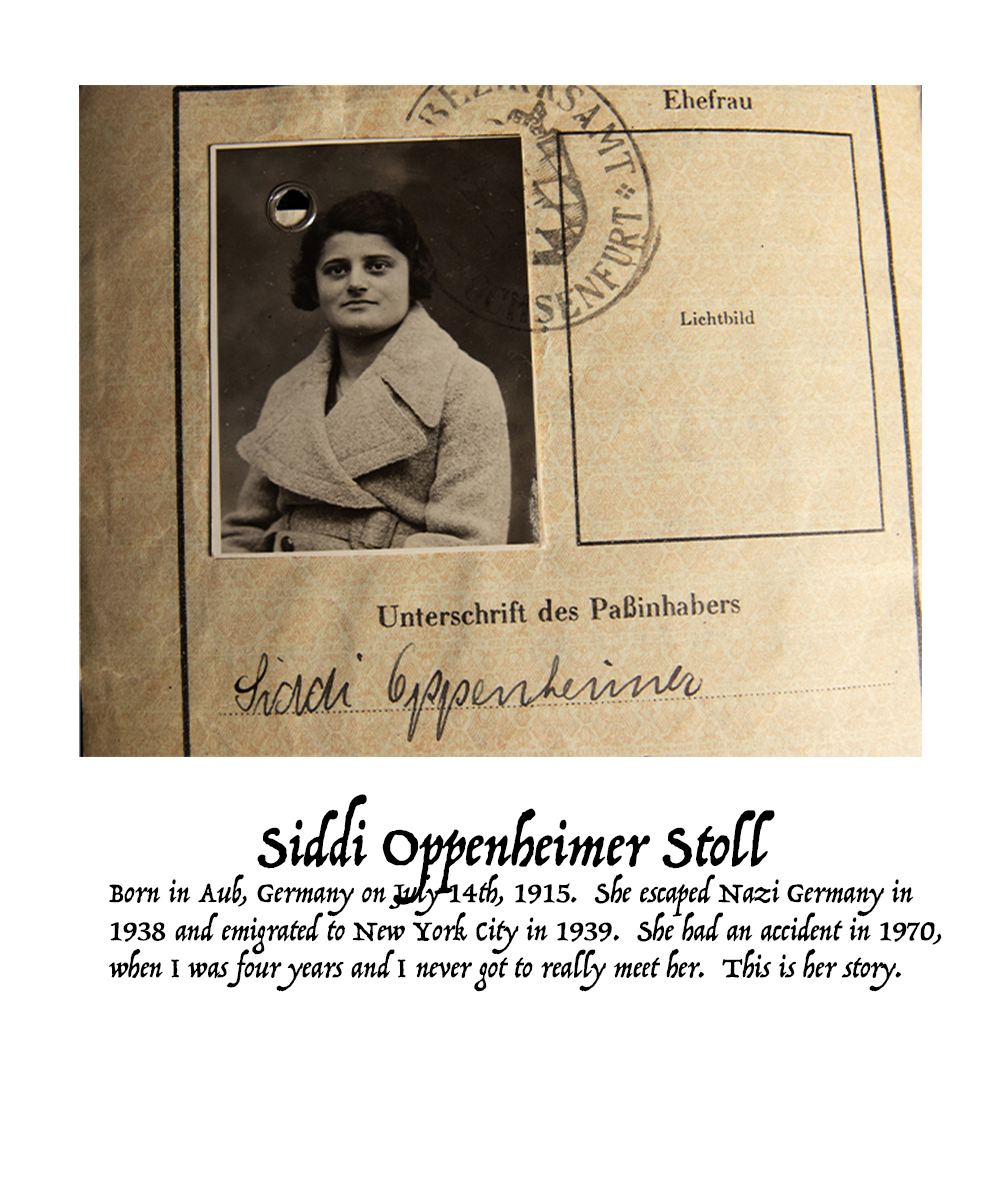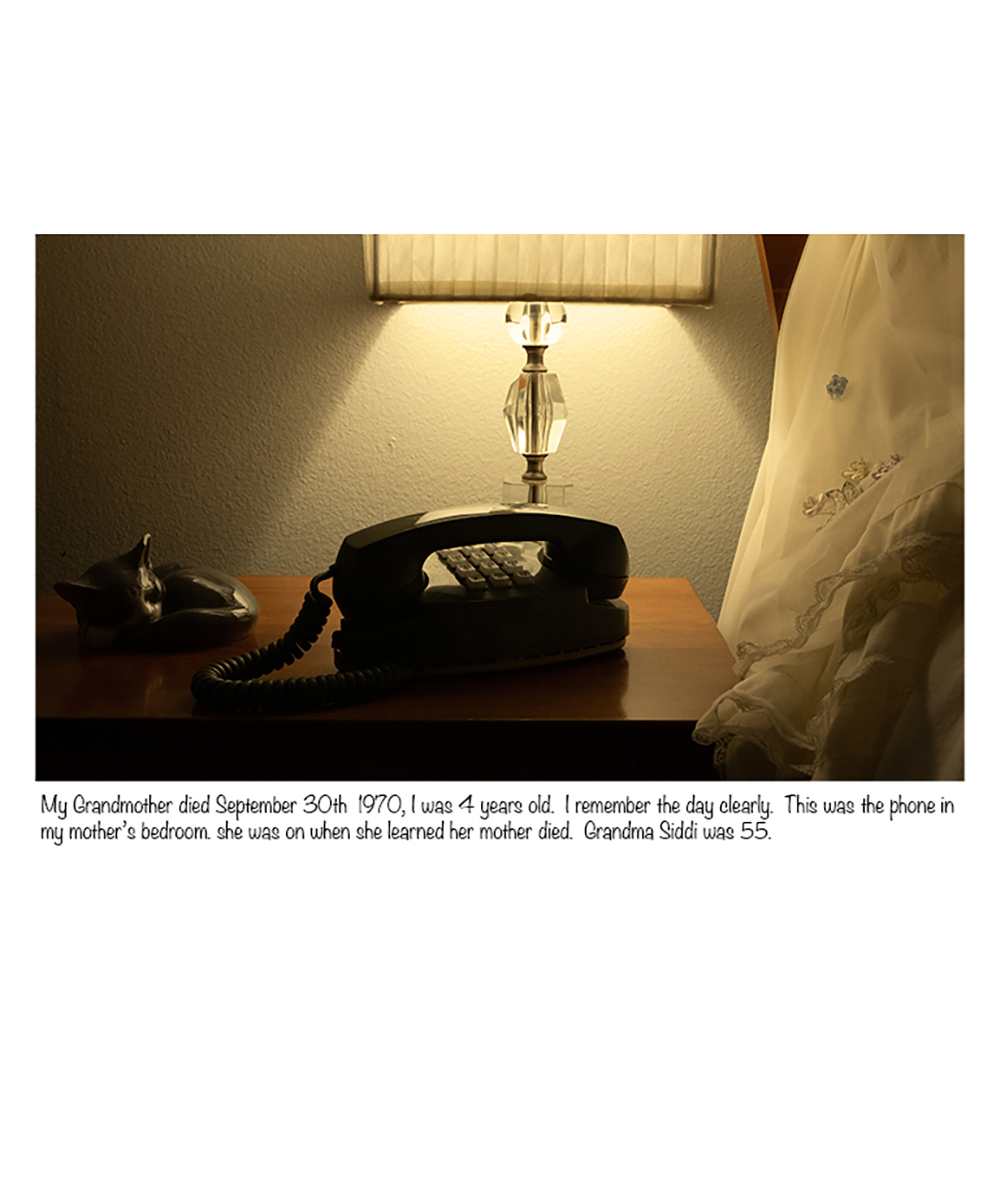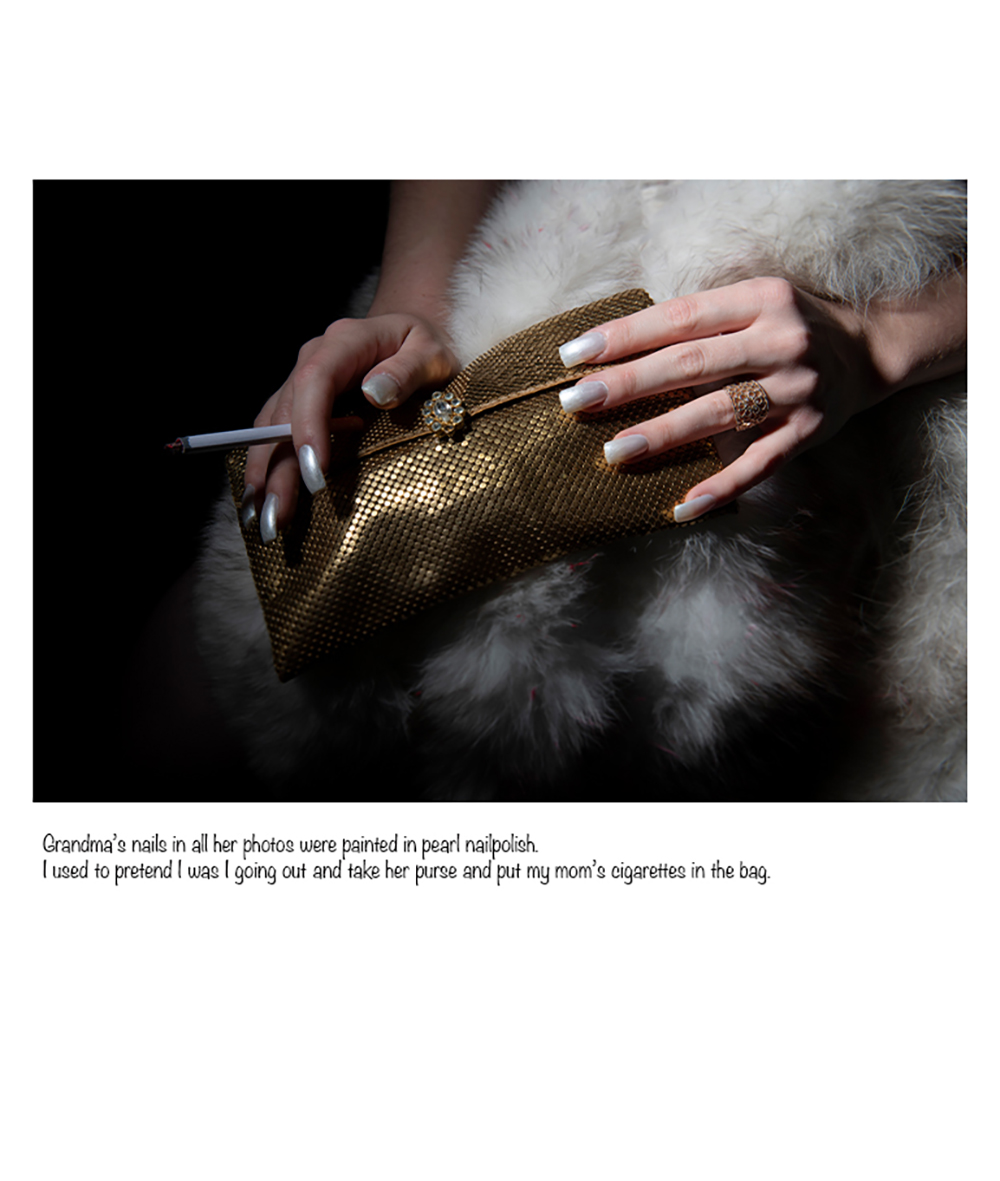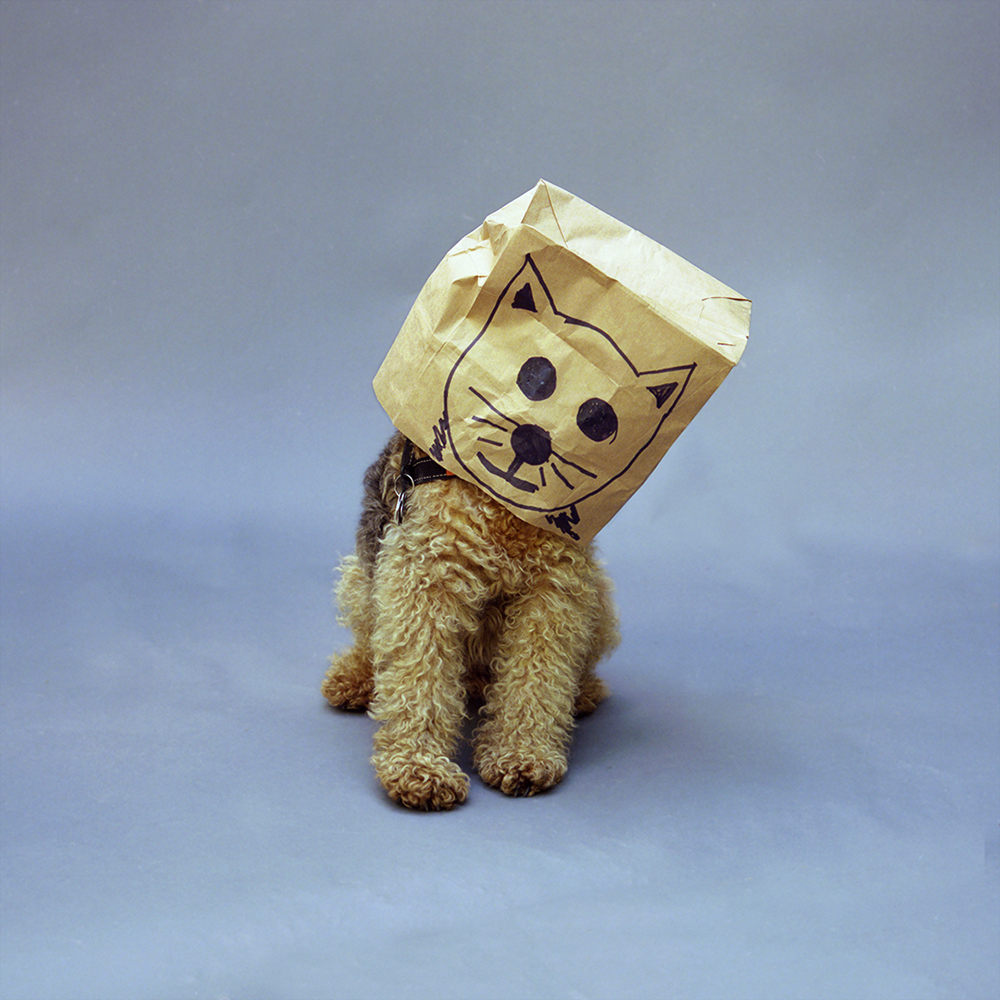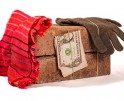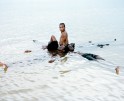The Year of Not Knowing
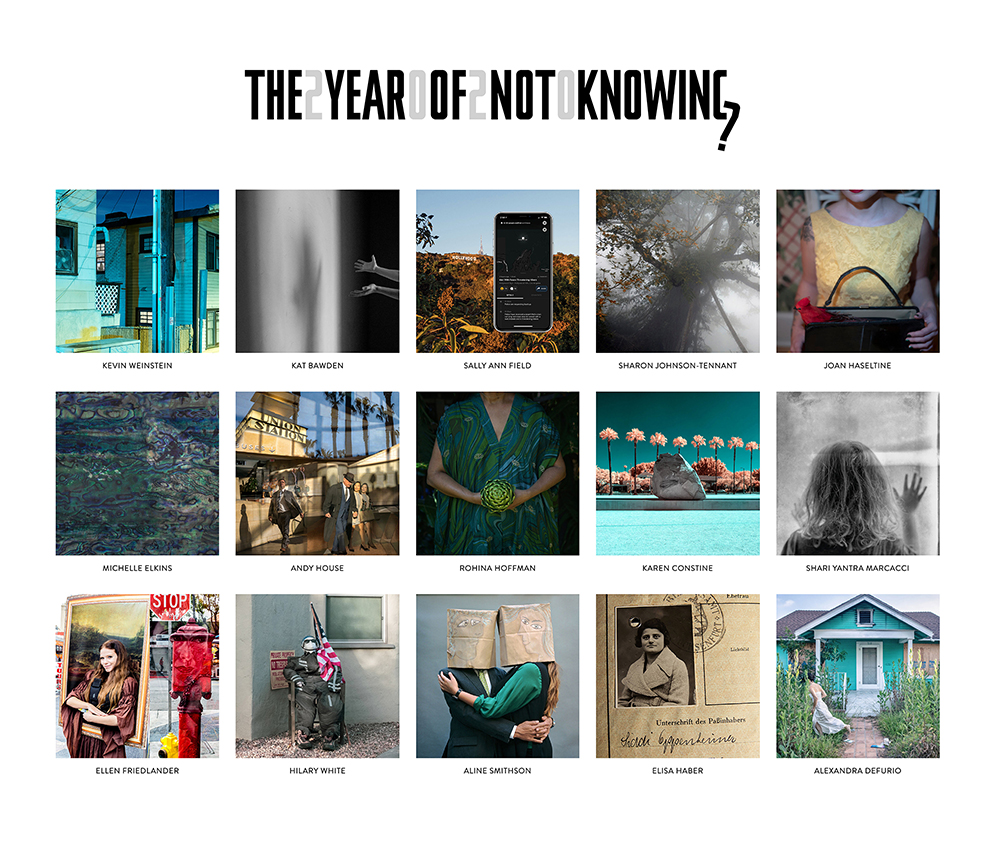 In January 2020, when the world was blissfully unaware of the devastating global transformation that would impact every corner of our lives, a group of photographers met for a year-long masterclass under the tutelage of Aline Smithson. Here, each would develop a personal photographic project that would ultimately be exhibited at the Los Angeles Center of Photography in early 2021.
In January 2020, when the world was blissfully unaware of the devastating global transformation that would impact every corner of our lives, a group of photographers met for a year-long masterclass under the tutelage of Aline Smithson. Here, each would develop a personal photographic project that would ultimately be exhibited at the Los Angeles Center of Photography in early 2021.
The group met twice in person, once in January and once in February 2020, and then the train went off the rails. For so many of us, the idea of self-quarantining had dual realities. We finally had more time to be creative, but the impact of the virus, the pain of social unrest, and the country appearing to lose its moral compass, at times brought a sense of malaise and futility to our efforts. We had moved into uncharted waters with no map to keep us on course.
Some photographers continued to create work started at the beginning of the year, but now with a new considerations of isolation and loss. Others careened off course into innovative ways of thinking and seeing the world and developed whole new projects.
As our city and its streets emptied, we got to know Los Angeles in new ways, noticing the architecture, flora, and fauna that had been overlooked or unappreciated. 2020 became a year of self and global reconsideration, looking inward with the opportunity to reset and resee our lives, but also looking outward with a profound sense of our mortality.
The best way to describe our journey is, quite simply, The Year of Not Knowing, (also the virtual exhibition’s title.) This roller coaster year made us better somehow. Working together on a common goal, offering support and good humor, and ultimately fanning the creative sparks. The result is that we made it to the finish line. The Year of Not Knowing is a historical marker of this moment in time, with insightful individual projects that speak to gratitude, anxiety, memory, place, and simply being human.
Since we won’t be having an in person gallery exhibition for this work, we instead created a website, a series of artist talks to share our projects, and a book, The Year of Not Knowing: In Six Words.
January 19
Kat Bawden, Andy House, Aline Smithson
February 16
Ellen Friedlander, Rohina Hoffman, Sharon Johnson-Tennant
March 16
Karen Constine, Joan Haseltine, Kevin Weinstein
April 20
Alexandra DeFurio, Sally Ann Field, Shari Yantra Marcacci
May 11
Elisa Haber, Hillary White, Michelle Elkins
___________________________________________________
The Year of Not Knowing: In Six Words
During the pandemic, a group of Los Angeles photographers were considering ways to respond to this moment in time as a collaborative effort. We were inspired by an article in the New York Times written by Larry Smith about challenging people to describe their worlds in six words, a form he calls the Six-Word Memoir. As visual artists, we took the challenge even further, creating visual descriptions to accompany our carefully chosen six words. The photographs were created while we were self-quarantining in Los Angeles in 2020.
The result is a collection of responses to one of the most difficult and profound years of our lifetimes and is a historic document of our collected experiences as we navigated this grave new world. Each artist worked independently, but when sequenced, we discovered wonderful connections of words and images. The book can be purchased through MagCloud here.
_____________________________________________
The Year of Not Knowing: The Exhibition
_____________________________________________
In 2019, I installed Citizen on my iPhone, this app delivers real-time safety alerts of incidents nearby. Shocked to see how much was going on within a few miles of my Hollywood home, I began taking screenshots of the more humorous and brow-raising reports. I later visited the “scene of the crimes.” The result is The 911: Los Angeles, a less than glamorous – yet often hilarious – collection of 100% real happenings in La La Land.
Sally Ann Field is a commercial and fine art photographer influenced by human behavior and pop-culture. Her background in art direction and design play a definite role in her image making.
What I photograph is a mystery to me and it’s motivated by a desire to probe the meaning of what is mysterious to me. I am a voyeur, a wanderer, and a person who relishes in a great deal solitude. I choose subjects that confuse me, incite fear, or ignite a curiosity. It is not until I confront these curiosities that meaning unfolds.
I am interested in what can’t be seen rather than what can be seen. Façade’s bore me, and the camera is a tool to search for authenticity. The pandemic added an entirely new layer of solitude with the Stay at Home orders. I anxiously paced my empty streets and back alleys every day for miles in zig-zag formation to pad the existing amount of solitude I already had been inflicting upon myself before the pandemic. The houses that I had seen in my neighborhood, Echo Park, began to take on new meaning especially at night.
Callejones is the name a neighborhood teenager gave me when he learned about me crawling through the streets and alleys. – Kevin Weinstein
Kevin Weinstein (b. 1971) is a documentary and fine art photographer born in San Francisco, California.
His practice explores social complexities as a way to understand how others negotiate their opposing lives. He received a BFA in art from the San Francisco Art Institute and an MA in Journalism from the University of Missouri-Columbia Graduate School of Journalism. For the past three decades he has worked as a professional photographer, while continuing his personal work on communities that have been marginalized or overlooked. Kevin spent ten years working for newspapers from California to Tennessee and for the last twenty years, he has earned a living documenting private soirées of the wealthy and famous around the globe.
Kevin currently is living like a nomad during the pandemic with no official home base at the moment.
In March 2020 what seemed like a distant threat became reality for all of us as we were forced to self-quarantine.
By documenting this time for my series, In Limbo, I recognize the passage of time, but I also have found solace in learning the language of my life – a shaft of light as it moves through a room, the way my son’s hair curls over his shoulder, the beauty of an afternoon walk. And it’s in these unremarkable moments that I can finally breathe again.
Born in Switzerland, Shari Yantra Marcacci is a visual artist now based in Los Angeles. Her work explores themes of loss, trauma, intimacy and self-discovery with a focus on personal storytelling centered around self and family. Her background in dance and filmmaking informs her directorial and documentary skills giving her a sensitivity and insight into universal human traits, their characters and psychology.
Like the rest of the globe, the Coronavirus forced Angelenos to quarantine and shelter in place. (un)real Landscapes: Los Angeles plays itself explores what a pandemic society looks like — otherworldly, unreal. During long walks in this time of COVID-19, the city revealed a new self and an ever-changing sense of place.
Karen Constine is a photographer whose practice examines aspects of cultural traditions and spaces that are in transition. Her photography is an ongoing visual exploration of contemporary pilgrimages that include daily rituals and customs. Her focus is to document the connection between individuals and the places they inhabit.
Her photography has been exhibited in juried group shows including #ICPConcerned, Global Images for a Global Crisis at International Center of Photography in New York City, Connected World 2020 at Los Angeles Center of Photography, Forsaken at S.E. Center for Photography in Greenfield, South Carolina, and published in Against the Grain Magazine.
In my series, Fictional Moments, I am altering real moments, by cutting characters out of my photographs and putting them into different places, with different people, doing things in different times, to create fictional moments. I’m bending the moments into something else, something that I find interesting, maybe amusing or maybe disturbing, or otherwise thought provoking.
Andy House is a visual artist and photographer based in Los Angeles. His practice focuses on the act of observation as a quantitative phenomenon and considers the
reproducibility of time and space. He received a B.S. degree in Business at the University of Southern California and an M.A. degree in Communications at Michigan State University. After a significant career in television and film production, including four years spent overseas, in Hong Kong and then Moscow, Russia supervising TV production, Andy returned to his photographic practice.
His work has been featured in a solo exhibition at El Centro De Pueblo in Los Angeles and in multiple group exhibitions on the West Coast. His work has also been featured by National Geographic. Andy has published three monographs, A Celebration of Echo Park in Photographs, Union Station in Motion, and Around Rajasthan. In addition to his photographic practice, he is an adjunct instructor at the American Film Institute.
In Gratitude is an homage to food and family. Created during the pandemic, it is a series of portraits of myself, my husband, and my three children showcasing the items that we use to produce our daily meals. Inspired by Pablo Neruda’s Elemental Odes, I included my own poetry to celebrate and memorialize the everyday. – Rohina Hoffman
Rohina Hoffman is a fine art photographer whose practice uses portraiture and the natural world to investigate themes of identity, home, women’s issues, and adolescence. She was born in India and raised in New Jersey. She was an undergraduate at Brown University, and studied photography at RISD She graduated from Brown University Medical School and has had a career as a neurologist.
Rohina published her first monograph Hair Stories with Damiani Editore (February 2019) accompanied by a solo exhibition at Brown University’s Alpert Medical School. Hair Stories is held in many public collections and university libraries. Her photographs have been exhibited in juried group shows both nationally and internationally.
The Girl Who Escaped and Other Stories is a staged narrative about women who are alienated, vulnerable, insecure, strong….. possibly treacherous. These are just little stories with no beginning or end. I seek to make the viewer a complicit voyeur to these lonely women.
Captured through a cinematic lens, I am influenced by the films of the 1950’s and 60’s which were a study in fantasy and anxiety as the threat of communism and nuclear war loomed in our psyche. The women reflect the complex characters of Hitchcock films. Women who run from danger in high heals and a pencil skirt. We all have something to escape from.
Joan Haseltine is a fine art photographer whose work is made through a feminine gaze using a cinematic approach that is a reflection on alienation and loneliness. She explores the emotional complexities of life, gravitating to the nostalgic landscape of Montana in examining her perception of reality, belonging and the banality of evil.
Her work has been shown in numerous juried exhibitions. She has been published in All About Photo and L’Oeil de la Photographie. Joan and her dog Scout split their time between Los Angeles, CA and Big Timber, MT.
In my ongoing series, Perceptual Isolation, I explore the interplay of anxiety, trauma, and consciousness through images and prose. This series is inspired by my sleep disorder, which causes hallucinatory and physically-paralyzing nightmares that often replay a specific traumatic memory. In these images, I seek to describe the sense of suspension between waking and sleeping as a means to explore consciousness and the processing of trauma. I am fascinated by the mind and draw inspiration from texts on psychology, neuroscience, and philosophy in addition to my own lived experience.
Kat Bawden is an artist in Los Angeles whose work explores duality and liminal states such as trauma, gender, desire, and the subconscious. She is driven by a fascination with the mind and consciousness, an interest largely influenced by her father, a psychiatrist and trained psychoanalyst. She is interested in how images can work together and alongside prose to create an immersive world with a unique sense of time. Writing, bookmaking, photo-based installation, and community storytelling projects are all important aspects of her practice.
In dispLAced, individual photographs – and the subjects within them – are placed in conversation with each other to explore dichotomies of public vs. private, unity vs. isolation, and the collective vs. the individual. As I grappled with the implications of being alone together at the onset of the Pandemic, I took to the streets to document the changing Los Angeles landscape, and so emerged these Extended Frame™ photographs.
Ellen Friedlander is a Los Angeles-based fine art and documentary artist who uses a variety of in-camera and post processing techniques to reveal the unpredictable, idiosyncratic, inscrutable nature of the human condition. She has been inspired by 20th century photographers to take to the city streets across the United States as well as in Hong Kong where she raised her family. In 2020, Friedlander was a guest on The Candid Frame: Episode #499, was a FOCUS Photo LA top 20 finalist, as well having her work as the cover for APA-LA OFF THE CLOCK.
Forget Me Not by Alexandra DeFurio is a meditation on loss and the meaning of home during uncertain times. After losing her mother to the darkness of early Alzheimer’s—and enduring the loss of a long-term relationship—DeFurio processed her grief by photographing herself within the walls of abandoned houses, finding beauty among the ashes.
Alexandra DeFurio is a Los Angeles-based commercial and fine art photographer. Her personal work is inspired by the themes relating to home and belonging, love and loss. Her work includes self-portraiture, double exposures and documentary stories. Alexandra is also a writer and a mother of two daughters.
Michelle Elkins
Hilary White
I created The Reciprocity Project; A Visual Conversation as a way to stay connected with other photographers during the pandemic. In Los Angeles we’ve been in lockdown since March 2020 and I launched the project on Instagram so it could be shared with a virtual audience.
Each week I posted an image of my work, and two other photographers reciprocated by posting their own images. Curating a mix of contemporary and archival photographs, we responded to light, shape, color, content and mood in one another’s posts. Then I made our weekly images into triptychs and suddenly so many patterns emerged and connections were made.
An earlier series of The Reciprocity Project; A Visual Conversation which I made last spring will be published shortly in Saturday Morning: Notes from Today for Tomorrow. @reciprocity_project
Hilary White is a photographer who focuses on personal narrative and fine art photography. Currently she is focused on visual conversations in which she connects with other photographers. Her work explores the co-existence of beauty and imperfection, strength and fragility, and the unspoken. Hilary is a native New Yorker who moved to Los Angeles in 2005. Her images have been featured in books and exhibitions primarily on the west coast.
The Boundaries were Everywhere.
I Could Not See.
I have been walking my neighborhood for 18 months. That means for a year and a half, I have been walking the same streets, the same square blocks, almost daily. Some days this can take an hour. Other days, I am walking for more than 5 hours. These walks started as a way of processing personal grief, and then the walks turned into processing our new world of grief and the virus.
The seasons passed. My world was small, but I saw more. At first, I was only looking from inside out. I then turned outward and saw more. My photography was instinctual – I didn’t plan these images as a body of work, but as I reviewed them, there were unifying emotions attached to every single photograph, easily processed and felt as I explored them.
My world had always had boundaries, I just couldn’t see.
Sharon Johnson-Tennant was born in Columbia, South Carolina. She received a BA in Fine Arts from Skidmore College, in Saratoga Springs, New York. After a long career in NYC in textile and fashion design, Sharon moved to Los Angeles and shifted her focus to photography. Her work is about making the invisible visible and finding beauty in that detail. Sharon’s photographs are held in private collections and have been featured in galleries and exhibitions worldwide. Her work has been published by Sony Pictures, PDN Magazine, National Geographic Travel Magazine and Travel and Leisure. In addition, her work has been featured in the Huffington Post, The Los Angeles Times, Artslant, Clickblog Italy Canon and Clickblog France Nikon. Sharon has won numerous awards, including the Julia Margaret Cameron Award and the IPA International Photo Award. She is represented by the Robert Berman Gallery in Los Angeles, E-6 Gallery in San Francisco, and Art Project Paia in Maui. Sharon lives and works in Los Angeles. IG @sjohnsontennant
For my project, Siddi Oppenheimer, I am focusing on my grandmother, Siddi Oppenheimer Stoll, born in Aub, Germany on July 14th, 1915. She was my Grandmother on my mother’s side who escaped Hitler’s Germany in 1939 with my Grandfather Leo Stoll who worked with the German Jewish underground. He and his 4 brothers managed to save most of my family from Germany where they emigrated to Washington Heights in NYC. What began as an American dream for my Grandma Siddi, was tragically cut short in 1970 when she ended up falling down a flight of marble stairs in her apartment building in New York. She was only 55. What preceded her death was the double life my Grandfather lead of infidelity, monetary control and emotional abuse, which culminated in them separating in 1961. Life was never the same for my Grandmother. I have no memories of ever being with her, but photos, memorabilia, and stories suggest otherwise. I am giving a voice to my Grandma Siddi, because she never had the opportunity to do so.
Elisa Haber, born in NYC, resides in Los Angeles. Elisa been an editorial photographer for the last 30 years. Her work has been published in Flaunt magazine, Detour magazine, Newsweek, Time, Entertainment Weekly, Variety, Director’s Guild Magazine, The San Francisco Chronicle, The San Diego Tribune, and Venice magazine. Her photo series have included work on public access tv personalities, “A Corporation”; photographs of employees at an undisclosed location, and her most recent work on “Twinsburg”. Twinsburg has been an ongoing photo project beginning in 2016 documenting the largest twins festival in the world. She resides in LA with her daughter.
For my project Undercover, during the pandemic I reached out to famiy and friends and asked them to create a different kind of mask, inspired by humorous paper bag masks created by illustrator Saul Steinberg in the 1950’s. The end result revealed new sides to people I know well and documented how art can shift moods even in the darkest of days.
Aline Smithson is a visual artist, educator, and editor based in Los Angeles, California. She has exhibited widely including over 40 solo shows at a variety of international institutions and her work has been featured in publications including The New York Times, The New Yorker, and PDN. Smithson is the Founder and Editor- in-Chief of Lenscratch, a daily journal on photography. She has been teaching at the Los Angeles Center of Photography since 2001.
Posts on Lenscratch may not be reproduced without the permission of the Lenscratch staff and the photographer.
Recommended
-
Arnold Newman Prize: C. Rose Smith: Scenes of Self: Redressing PatriarchyNovember 24th, 2025
-
The Aline Smithson Next Generation Award: Emilene OrozcoNovember 21st, 2025
-
MATERNAL LEGACIES: OUR MOTHERS OURSELVES EXHIBITIONNovember 20th, 2025
-
Josh Aronson: Florida BoysNovember 1st, 2025
-
Robert Rauschenberg at Gemini G.E.LOctober 18th, 2025

